Do you want to experience the heritage culture of India? this article is for you where I will be sharing 44 UNESCO world heritage sites of India represent rich heritage culture of the country. Before I start listing those sites, let me briefly explain what is UNESCO world heritage site and its significance.
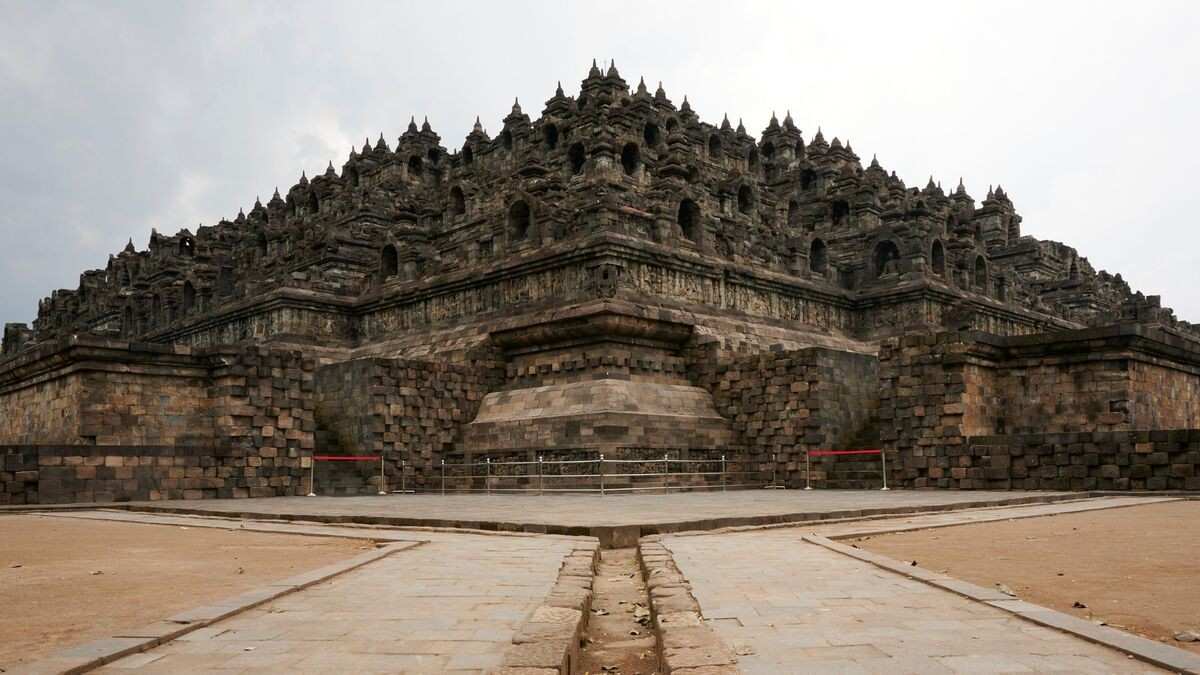
World Heritage Sites are the landmarks specifically given by UNESCO, on the basis of their historic, cultural, scientific and other significance. These are unique landmarks and representative of a specific culture and/or physical significance including historical structure, city, buildings, forests, deserts, complexes, lakes, islands, mountains, monuments or anything else. The site may symbolize a footprint of human endeavor or a naturally significant or unique diversity.
As per the latest data from the UNESCO World Heritage Centre, the World Heritage List today includes 1,248 sites from across the world that are recognized for their outstanding universal value. Out of these, 972 are cultural sites, 235 are natural sites, and 41 are mixed sites that have both cultural and natural importance. These sites are spread across 170 countries. A total of 196 nations have approved the World Heritage Convention, showing the strong global commitment towards heritage conservation. Every year, UNESCO adds new sites of special importance to this list, keeping the global heritage repository growing and diverse.
Here We Begin with 44 Famous World Heritage Sites in India You Must Visit:
1. Taj Mahal (Agra):
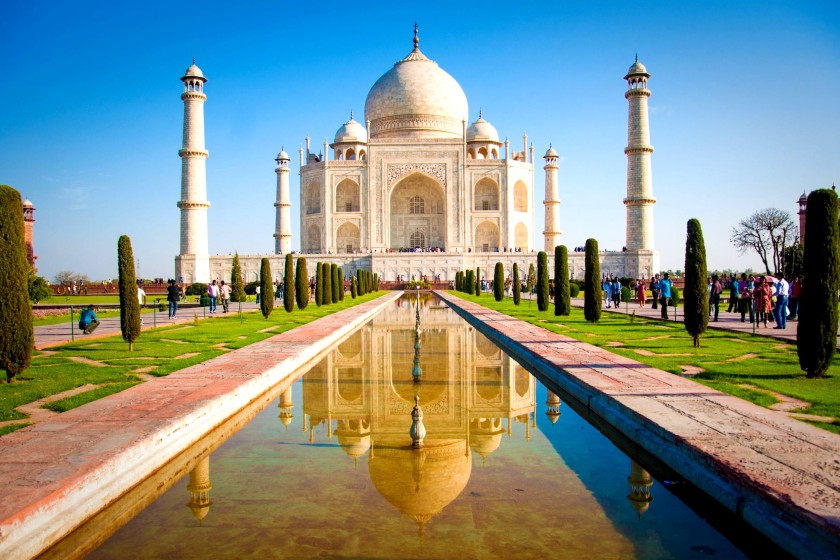
Taj Mahal is known across the globe as one of the marvels of human civilization. A more recent architecture constructed between 1631 and 1648, under Emperor Shah Jahan, the Taj Mahal is also representative of love. The mausoleum was built by the emperor for his wife and today, holds the graves of the king and queen. A testimony to love, the marbled masterpiece is a jewel worth visiting. The Taj Mahal is also the only site from India that has been included in the prestigious Wonders of the World.
- Location: Agra, Uttar Pradesh
- Timings: 6:00 am to 7:00 pm (Friday Closed)
- Ticket Price: 50 rupees for Indian locals and 1100 rupees for foreigners
- UNESCO reason: It was included for its outstanding Mughal architecture and cultural value.
- How to reach: Nearest airport is Agra Airport (about 8.2 km). Agra Cantt railway station is the main railhead(about 3-4 Km). Good road connections from Delhi (about 243 Km drive).
- Best time to visit: October to March (pleasant weather).
- Tips: Tripods are not allowed; footwear covers needed when going near the main mausoleum; Friday prayers are only for Muslims.
- Nearby attractions: Agra Fort, Fatehpur Sikri, Mehtab Bagh.)
2. Khangchendzonga National Park (Sikkim):
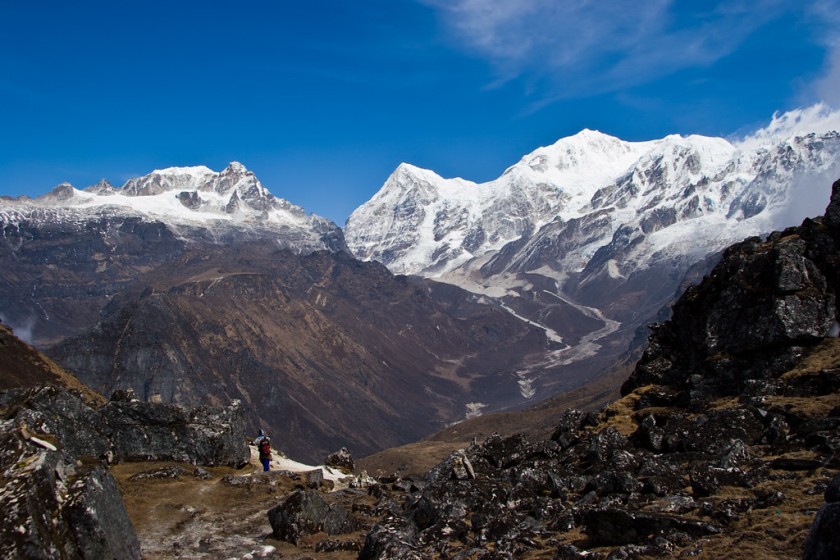
The Khangchendzonga National Park is the only World Heritage Site in India that comes under mixed properties. Located in the state of Sikkim, at the heart of the Himalayas, the National Park offers a unique diversity of valleys, plains, glaciers, mountains, ancient forests, and the third-highest peak in the world, Mt. Khangchendzonga. It’s a place of worship by the indigenous and several legends come forward to proclaim the identity of the people and culture.
- Timings: 10:00 am to 4:00 pm
- Ticket Price: 200 rupees for Indian locals and 400 rupees for foreigners
- UNESCO reason: It was included for both cultural and natural importance – sacred landscapes and Himalayan biodiversity.
- How to reach: Nearest airport is Bagdogra (about 222 km). New Jalpaiguri is the nearest major railway station (about 170-220 km).
- Best time to visit: March to May and September to November (clear skies and pleasant weather).
- Tips: Carry warm clothes, entry permits are compulsory, plastic is restricted.
- Nearby attractions: Yumthang Valley, Tsomgo Lake, Pelling, and monasteries of Sikkim.
3. Great Himalayan National Park (Himachal Pradesh):
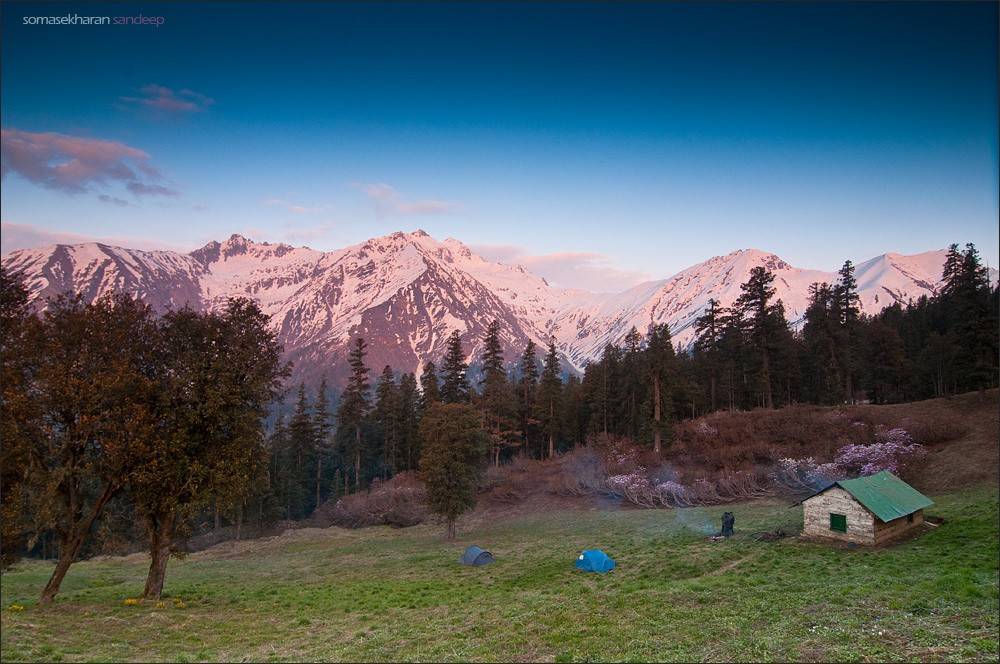
Located in the Western Himalayas in the Indian state of Himachal Pradesh, the Great Himalayan National Park is marked by a unique landscape, marked by alpine meadows, riverine forests and alpine peaks. The park is spread across 90,540 hectares and is a biodiversity hotspot that includes around twenty five different forest types and a rich diversity in fauna. Consequently, the site requires grater conservation and UNESCO strengthens its protection at all levels.
- Location: Kullu, Himachal Pradesh.
- Ticket Price: 50 rupees for Indian locals and 200 rupees for foreigners.
- UNESCO reason: It was included for its rich biodiversity, unique mountain ecosystem, and endangered wildlife.
- How to reach: Nearest airport is Bhuntar Airport (about 53 km). Joginder Nagar is the closest railway station. Roads connect from Kullu and Manali.
- Best time to visit: April to June and September to October. Winters are very cold and many areas remain snowbound.
- Tips: Carry trekking gear, camping options are available, and permits are needed for entry.
- Nearby attractions: Kullu, Manali, Tirthan Valley, and Serolsar Lake.
4. Rani Ki Vav (Gujarat):
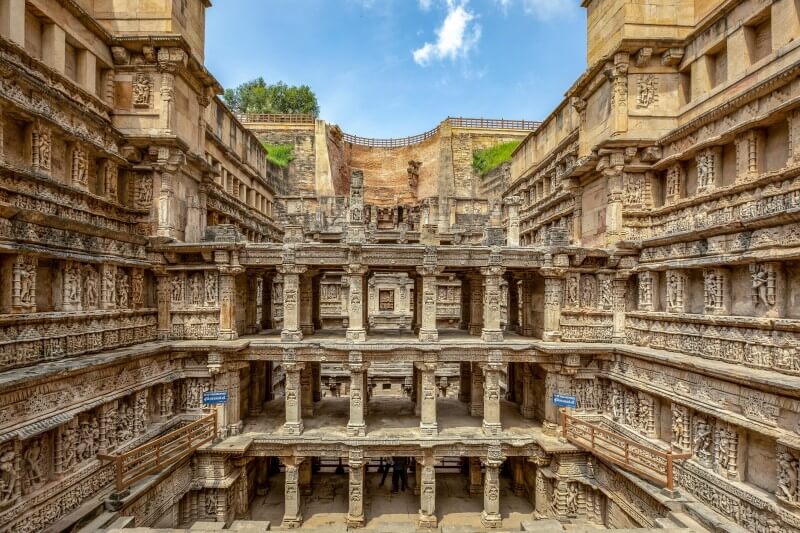
Built on the banks of the sacred Saraswati River, Rani Ki Vav is an 11th-century AD memorial and an architecture that is distinct in the history of the country. Basically, it’s a step well built for the queen but it represents the distinctive way that earlier civilizations used and stored subterranean water. Apart from being an important mark of the civilization, Rani Ki Vav is also an architectural feat that is 30 meters deep, 10 meters in diameter and includes several levels that are connected with a complicated stair system. Further, the whole step well has been designed as an inverted temple and showcases artwork in sculptures and paintings that represent the various facets of the secular, cultural and mythological beliefs of the civilization.
- Location: Patan, Gujarat
- Timings: 7:00 am to 6:00 pm
- Ticket Price: 35 rupees for Indian locals and 500 rupees for foreigners.
- UNESCO reason: It was included for its outstanding craftsmanship and water management system of ancient India.
- How to reach: Nearest airport is Ahmedabad (about 129 km). Patan has its own railway station and is also well connected by road.
- Nearby attractions: Modhera Sun Temple, Patan Patola weaving center, Siddhpur.
5. Group of Monuments in Hampi (Karnataka):
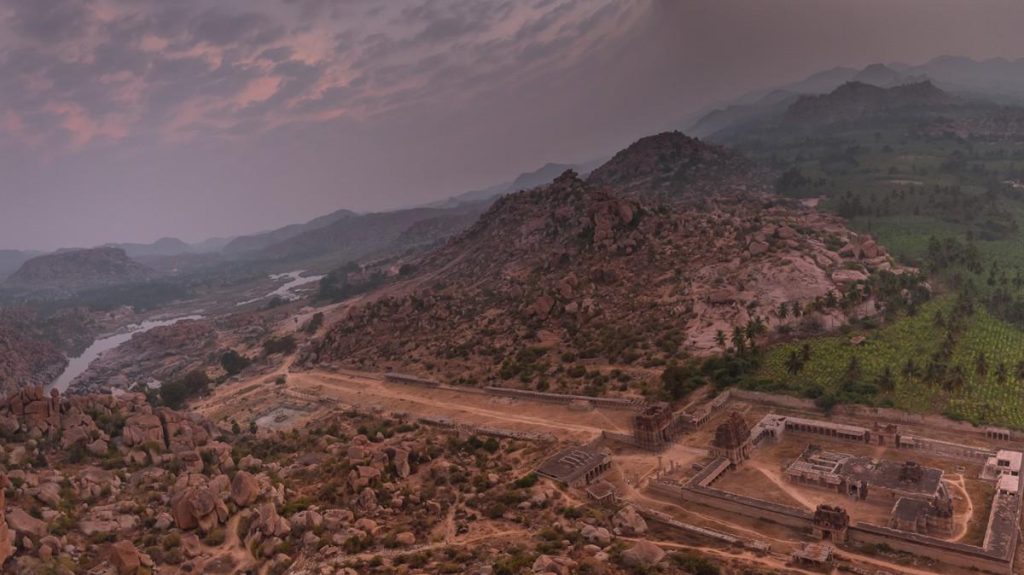
Listed under the World Heritage Site list in 1986, Hampi is significant as the last capital of the Hindu Kingdom in Vijayanagar. The premise is marked by austere and grand Dravidian Temples and palaces that have been constructed between the period of 14th and 16th century. The whole area is 4187,24 hectares and is located along the Tungabhadra Basin in the Bellary District of Karnataka.
- Location: Karnataka
- Timings: 6:00 am to 6:00 pm
- Ticket Price: There are no entry fees.
- UNESCO reason: It was included for its historic importance as the capital of Vijayanagara Empire and its exceptional Dravidian architecture.
- How to reach: Nearest airport is Hubli (about 172 km). Hospet railway station (14 km) is the closest railhead. Roads connect well from Bengaluru (about 344 km).
- Best time to visit: October to March (winter months with pleasant climate).
- Tips: Wear comfortable footwear as you need to walk a lot; bicycles and mopeds are available for rent.
- Nearby attractions: Virupaksha Temple, Vittala Temple, Lotus Mahal, Tungabhadra Dam.)
6. Group of Monuments at Pattadakal (Karnataka):
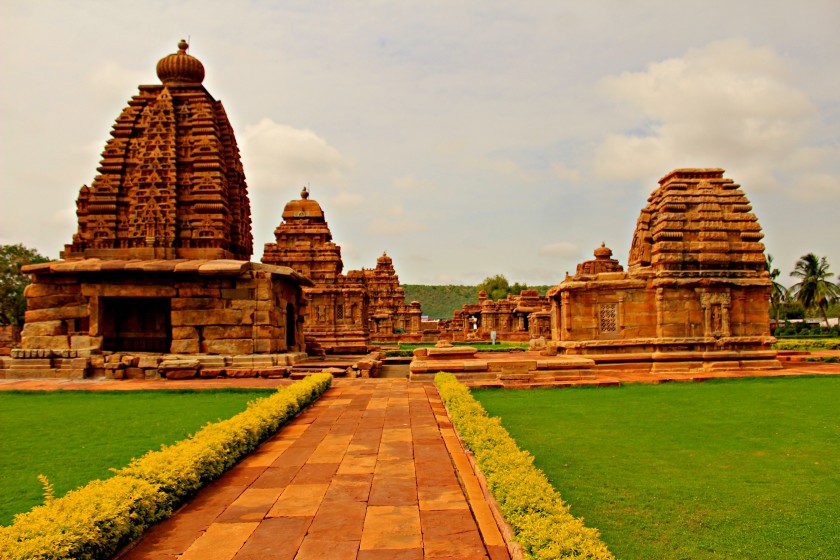
Another World Heritage Site in the state of Karnataka, Pattadakal elaborates on the electric art that was prominent in the Chalukya Dynasty, between the 7th and 8th century BC. The most significant part of the heritage is the group of nine Hindu temples, along with a sanctuary designed for the Jains. A particular masterpiece is the Temple of Virupaksha, constructed under the rule of Queen Lokamahadevi to mark her husband’s victory over southern kings.
- Location: Karnataka
- Timings: 9 am–6 pm
- Ticket Price: 40 rupees for Indian locals and 600 rupees for foreigners
7. Hill Forts of Rajasthan:
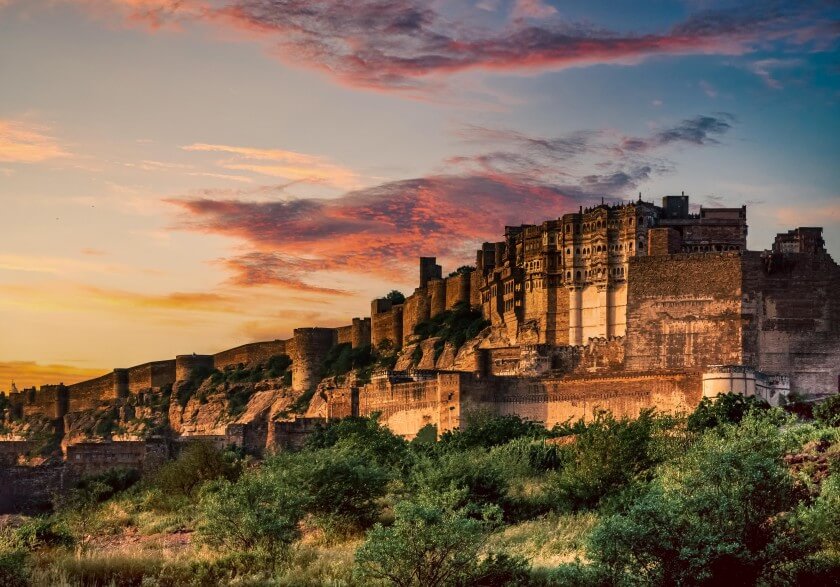
The Hill Forts of Rajasthan include six humongous and majestic forts, spread across the state in Jaisalmer, Jaipur, Jahalawar, Sawai Madhopur, Kumbhalgarh, and Chittorgarh. Some of these for are 20 kilometers and bear testimony to the rule and prowess of the Rajput Kings. Inside the forted premises is evidence of fully fledged communities and city centers that include palaces, trading centers, temples, and marketplaces. Chittorgarh Fort, Kumbhalgarh Fort, Ranthambore Fort, Gagron Fort, Amber Fort and Jaisalmer Fort are considered as the Hill Forts of Rajasthan. These forts are mainly based in the Aravalli Range and built between the 5th to 17th, and 18th centuries AD.
- Timings: Most forts open from 9:00 am to 6:00 pm
- Entry Fee: Around Rs. 20–50 for Indians and Rs. 200–400 for foreigners (varies fort to fort)
- How to Reach: Nearest airports are Jaipur, Udaipur, and Jodhpur. Well connected by road and rail.
- Nearby Attractions: Jaipur City Palace, Udaipur Lake Pichola, Ranthambore National Park.
- Interesting Fact: Kumbhalgarh Fort has the second-longest wall in the world after the Great Wall of China.
- Duration Needed: Half-day to full day depending on the fort.
8. Churches and Convents of Goa:
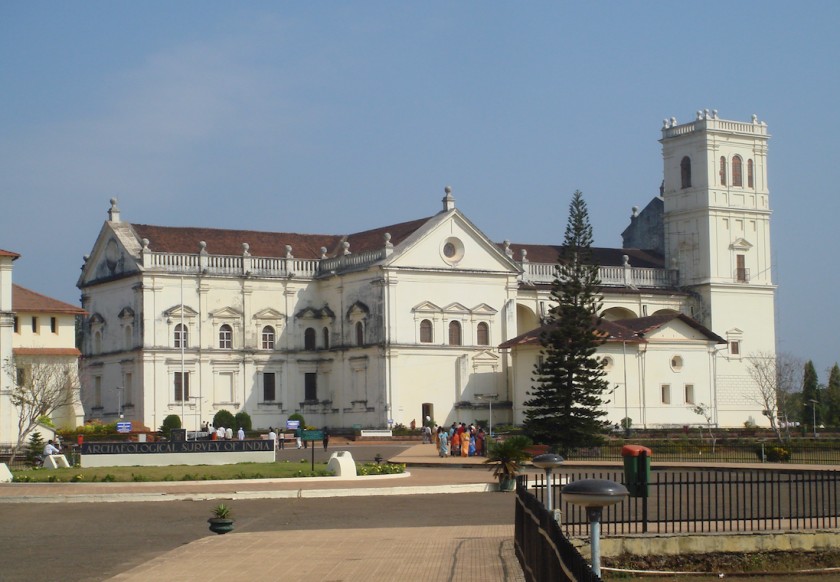
Goa was the former capital for the Portuguese Indians and these churches are representative of the rich Baroque, Mannerist, and Manueline Art of the era. A particularly important structure is the Church of Bom Jesus, encompassing the St Francis Xavier Tomb. Saint Catherine’s Chapel, Church and Convent of Saint Francis of Assisi, Basílica do Bom Jesus, Igreja de São Francisco de Assis, Church of Saint Cajetan and its seminary, Church of Our Lady of the Rosary and Church of Saint Augustine all are world heritage sites.
- Best Time to Visit: November to February.
- How to Reach: Goa International Airport (Dabolim) is nearest (about 27.9 km). Rail stations at Madgaon and Vasco da Gama.
- Nearby Attractions: Goa beaches, Old Goa museums, Fontainhas Latin Quarter.
- Festivals: Feast of St. Francis Xavier in December.
- Duration Needed: 3 to 4 hours.
9. Buddhist Monuments at Sanchi (Madhya Pradesh):
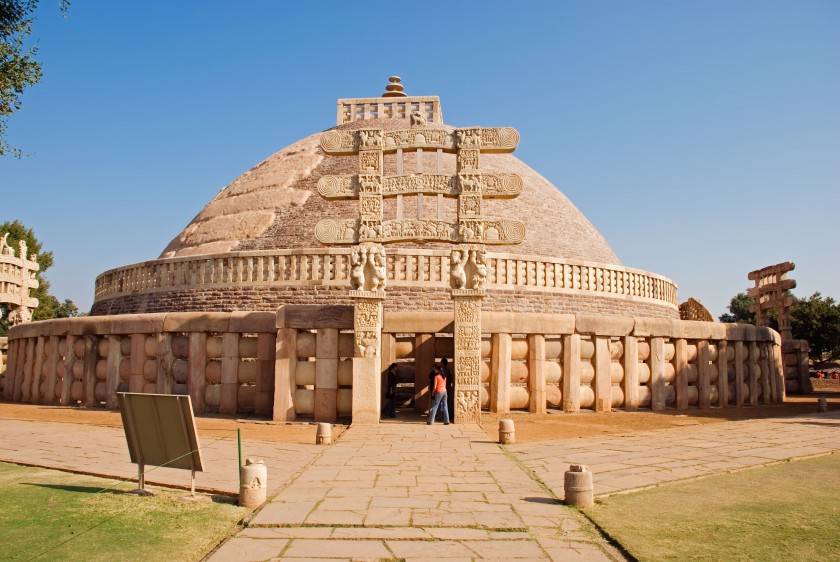
Spread across a hill, 40 kilometers from Bhopal, the Sanchi World Heritage Site includes a large group of Buddhist monasteries, including palaces, temples and monolithic pillars. Each of the structures are in different state of conservation since some of them date back to as far as 1st Century BC. Sanchi is also the oldest sanctuary of Buddhist beliefs and had been a major center of worship till 12th Century AD.
- Location: Raisen district, Madhya Pradesh
- Timings: 6:30 am to 6:30 pm
- How to Reach: Bhopal Airport (55 km) is the nearest. Sanchi Railway Station is close by.
- Nearby Attractions: Udayagiri Caves, Bhojpur Temple, Bhopal city.
- Interesting Fact: The Great Stupa at Sanchi was originally built by Emperor Ashoka.
- Duration Needed: 2 to 3 hours.
10. Great Living Chola Temples (Tamil Nadu):
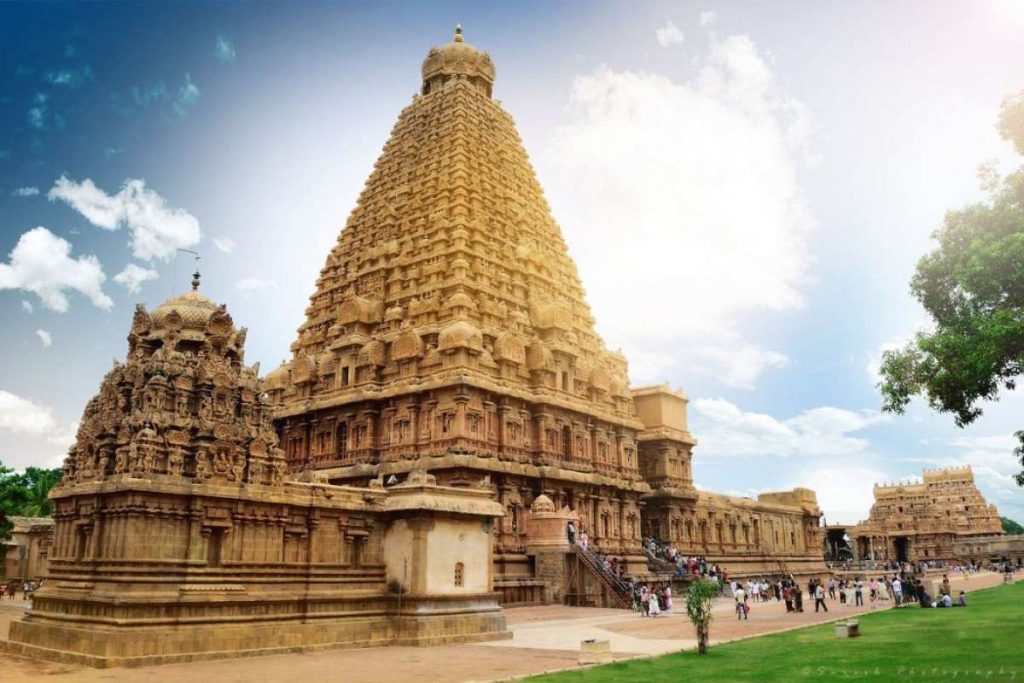
Representative of the rich and powerful Chola Dynasty, the Great Living Chola Temples include three huge temples – the Airavatesvara Temple at Darasarum, Brihadisvara Temple at Gangaikonda Cholisvaram and the Brihadisvara Temple at Thanjavur. The temples showcase the achievements of the Chola Dynasty through rich paintings, sculptures, bronze casting and architecture.
- How to Reach: Nearest airports are Tiruchirapalli and Chennai. Rail connectivity available to Thanjavur and Kumbakonam.
- Nearby Attractions: Thanjavur Palace, Saraswathi Mahal Library, Kumbakonam temples.
- Interesting Fact: The Brihadisvara Temple is also called “Big Temple” and its Vimana (tower) is one of the tallest in the world.
11. Group of Monuments at Mahabalipuram (Tamil Nadu):
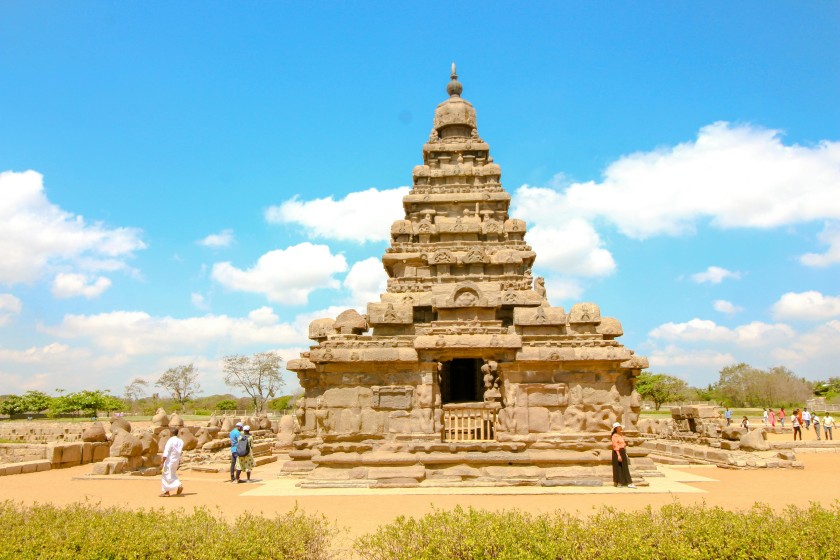
Reminiscent of the 7th and 8th century architecture, the religious sanctuaries at Mahabalipuram were constructed under the Pallava Kings. The structures are especially unique for the designs and architecture, some representative of rathas (temples in the form of chariots), cava sanctuaries (mandapas), and huge open reliefs like the ‘Descent of the Ganges’. The Temple of Rivage in particular also showcases thousands of minutely designed sculptures that show the glory and significance of Lord Shiva.
- Location: Chengalpattu District, Tamil Nadu
- How to Reach: Chennai Airport (60 km). Mahabalipuram is well connected by road from Chennai and Pondicherry.
- Nearby Attractions: Shore Temple Beach, Crocodile Bank, Dakshina Chitra.
- Festivals: Mamallapuram Dance Festival (December–January).
12. Ajanta Caves (Maharashtra):
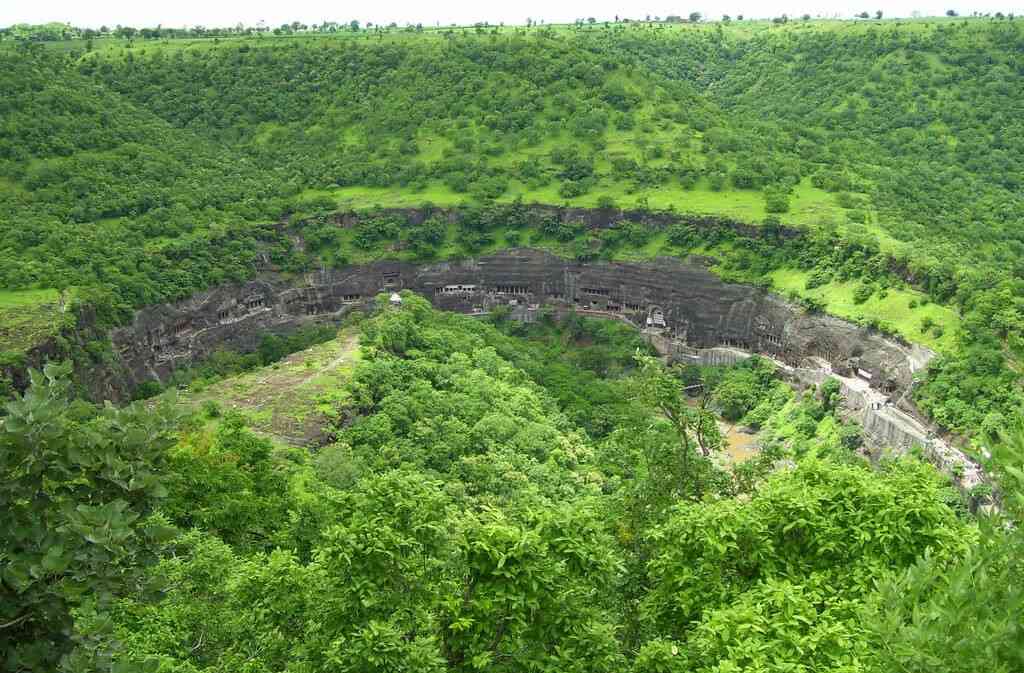
The famous Ajanta caves showcase architecture that dates back to the 1st century BC. Several new scriptures and sculptures have been added through civilization, including artwork by the Gupta Dynasty during the 6th Century AD. Each of the scriptures and paintings in the Ajanta Caves are masterpieces of the Buddhist culture. Located in the Aurangabad District of Maharashtra, the caves are the best-surviving examples of ancient Indian history, art, expressions, form, and pose.
- Location: Aurangabad district, Maharashtra
- Timings: 9:00 am to 5:00 pm
- Ticket Price: 35 rupees for Indian locals and 550 rupees for foreigners
- How to Reach: Aurangabad Airport (110 km). Jalgaon and Aurangabad railway stations nearby.
- Nearby Attractions: Ellora Caves, Daulatabad Fort, Bibi ka Maqbara.
- Interesting Fact: Ajanta paintings mainly depict Jataka tales about Buddha’s previous lives.
- Duration Needed: 4 to 5 hours.
13. Kaziranga Wildlife Sanctuary (Assam):
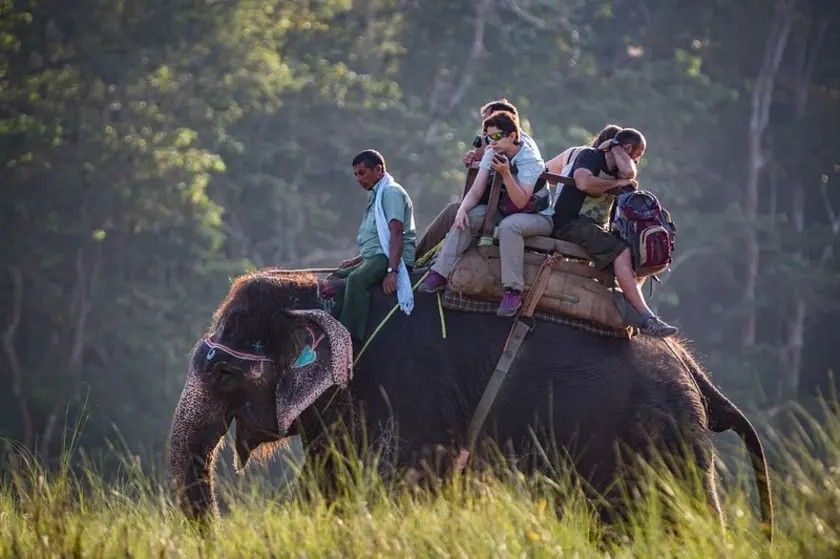
The Kaziranga Wildlife Sanctuary and National Park is home to the last naturally breeding population of the one-horned rhinoceros. The sanctuary boasts of a rich biodiversity and a variety in flora and fauna, some of which have come close to being endangered and extinction. Located at the heat of Assam, it’s a unique landscape that is mostly dominated by grasslands and swamps.
- Location: Golaghat, Nagaon, and Sonitpur districts, Assam
- Timings: 7:00 am to 5:00 pm
- Ticket Price: 100 rupees for Indian locals and 650 rupees for foreigners
- How to Reach: Nearest airport is Jorhat (99 km) and Guwahati (204 km). Well connected by road.
- Nearby Attractions: Majuli Island, Tea Gardens, Orang National Park.
- Interesting Fact: Kaziranga also has the highest density of tigers in India.
- Duration Needed: 1 to 2 days with safari.
14. Manas Wildlife Sanctuary (Assam):
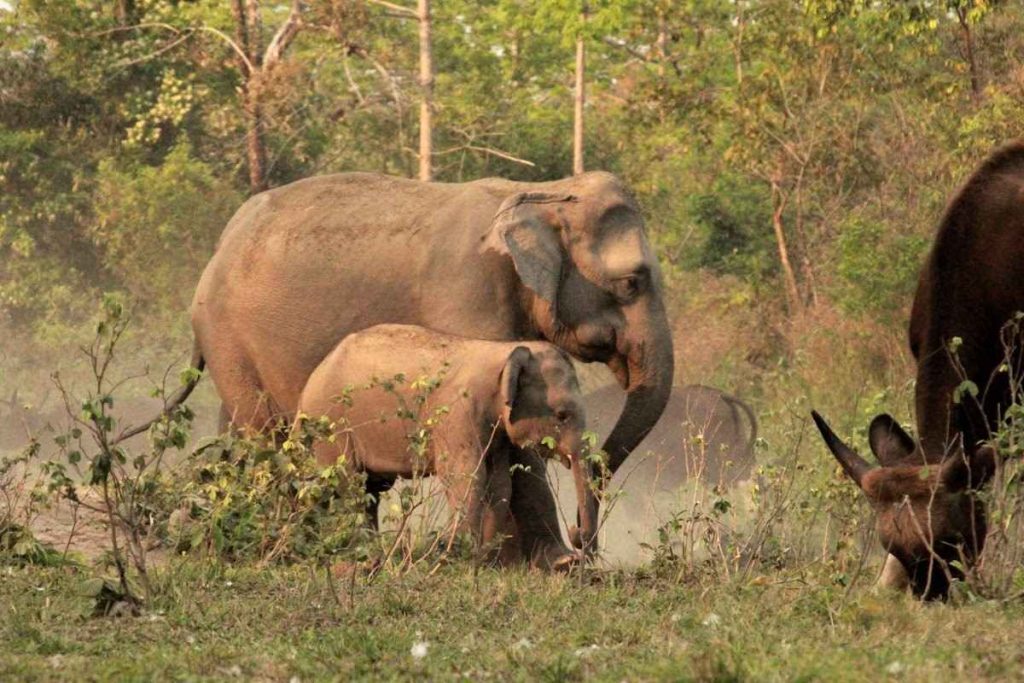
Manas National Park is located in the gentle slopes of the Himalayas, this is the second natural inclusion to the list of World Heritage Sites from the state of Assam, India. Manas is a unique landscape, marked by gradual change from wooded hills to tropical forests and grasslands. This sanctuary also hosts several endangered wildlife species including the one-horned rhinoceros, pigmy hog, the Royal Bengal tiger and the Indian Elephant.
- Location: Chirang and Baksa District, Assam
- Timings: 5:30 am to 6:30 pm
- Entry Fee: 50 rupees for Indian locals and 500 rupees for foreigners
- Nearby Attractions: Manas River, Bhutan border villages, local Bodo culture.
- Interesting Fact: Manas is also a Project Tiger Reserve, Biosphere Reserve, and Elephant Reserve.
- Duration Needed: 1 to 2 days.
15. Keoladeo National Park (Rajasthan):
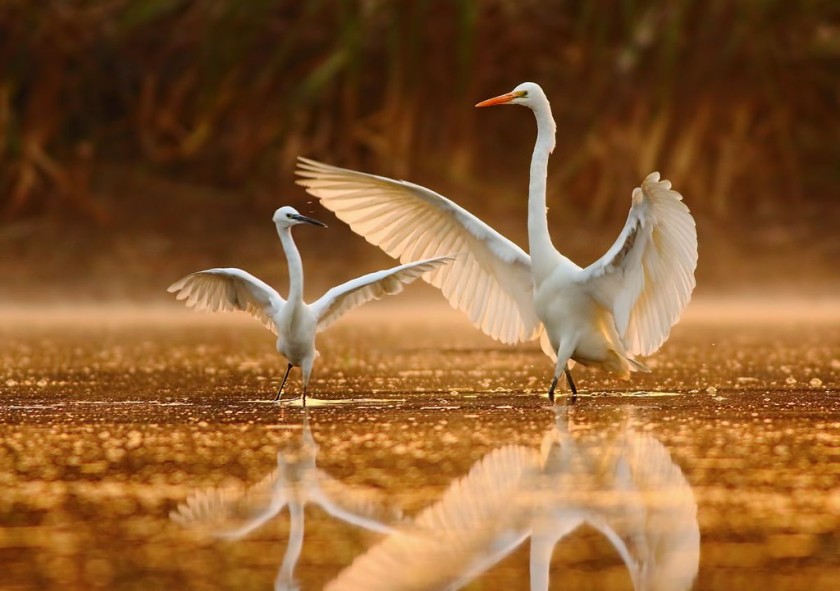
A former duck hunting ground for the Maharajas, Keoladeo National Park, today, is one of the largest sites for a huge number of migratory birds. The park hosts birds from as far as Siberia, China, Turkmenistan and Afghanistan. A total of 364 species of wintering birds have been recorded in the area, including the rare and endangered Siberian Crane.
- Location: Bharatpur, Rajasthan
- Timings: 6:00 am to 5:00 pm
- Entry Fee: 75 rupees for Indian locals and 500 rupees for foreigners
- Best Time to Visit: October to February (peak season for migratory birds).
- How to Reach: Nearest airport is Agra (54 km) and Jaipur (186 km). Bharatpur Junction is the nearest railhead.
- Nearby Attractions: Fatehpur Sikri, Agra Fort, Taj Mahal.
- Interesting Fact: The park is also called Bharatpur Bird Sanctuary.
- Duration Needed: 2 to 3 hours.
16. Nanda Devi and Valley of Flowers National Parks (Uttarakhand):
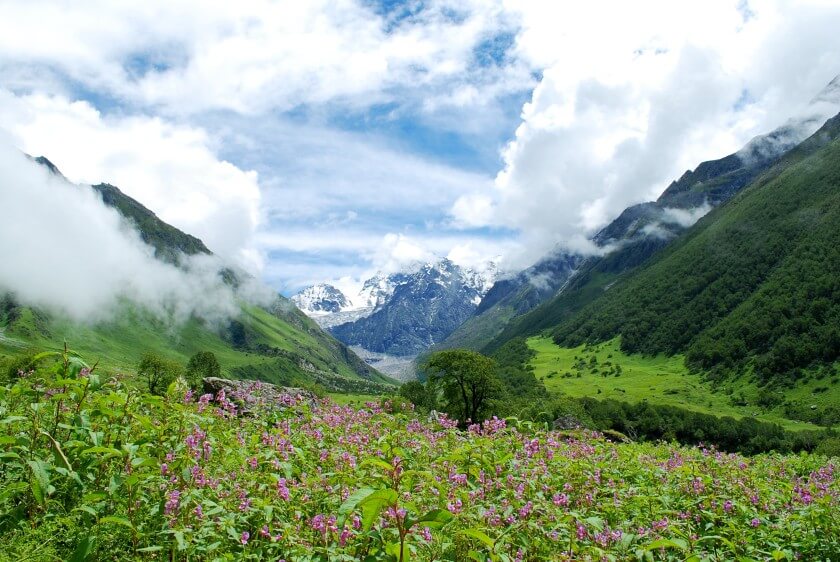
The Valley of Flowers in Uttarakhand is one of the most beautiful landscapes one would ever see. It is famous for its rich and colorful meadows that come alive every spring. Accompanying the colorful valley is the alpine vegetation of the Nanda Devi hills. Together, these landscapes host a variety of flora and fauna including the rare and illusive snow leopard, the Brown Bear, the Asiatic Black Bear, and the blue sheep. The place is frequented by botanists, researchers, photographers, and all kinds of nature enthusiasts.
- Location: Chamoli district, Uttarakhand
- Timings of Valley of Flowers: 7:00 am to 5:00 pm
- Entry Fee of Valley of Flowers: Rs. 50 for Indian nationals and Rs. 150 for non-Indians
- Nearby Attractions: Hemkund Sahib, Badrinath Temple, Auli.
- Interesting Fact: Valley of Flowers was discovered in 1931 by British mountaineer Frank S. Smythe.
- Duration Needed: 2 to 3 days with trek.
Read More: 13 Top-Rated Places to Visit in Uttarakhand For a Splendid Vacation
17. Sundarbans National Park (West Bengal):
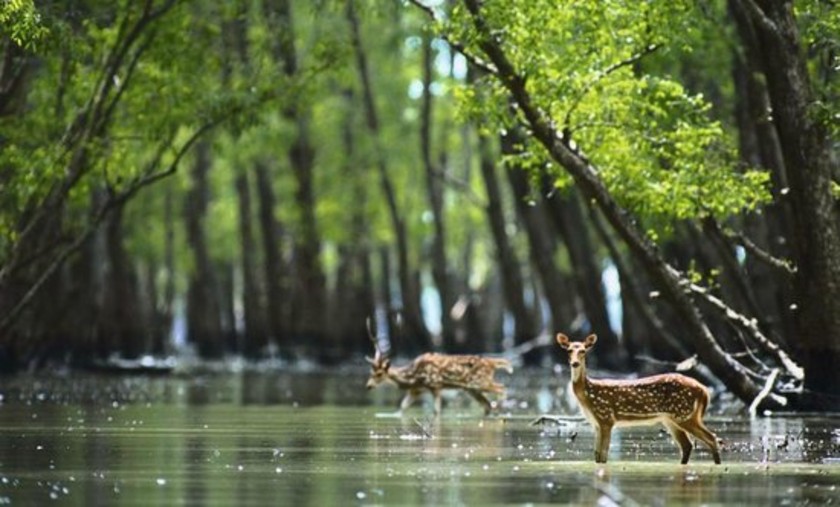
An area of over 10,000 sq kilometers in the Ganga Basin connecting the Bay of Bengal, the Sundarbans National Park is one of the richest and largest mangroves in the world. The place is also significant for hosting the largest wild population of the Royal Bengal Tiger, especially renowned for being the ‘man-eaters’. Rich in flora and fauna, the island landscape is also of great geographical significance.
- Location: Gosaba, West Bengal
- Timings: 8:00 am to 6:00 pm
- Entry Fee: 180 rupees for Indian locals and 1000 rupees for foreigners
- Nearby Attractions: Sajnekhali Bird Sanctuary, Dobanki Watch Tower, Kolkata city.
- Interesting Fact: Sundarbans is the largest tidal mangrove forest in the world.
18. Konark Sun Temple (Odisha):
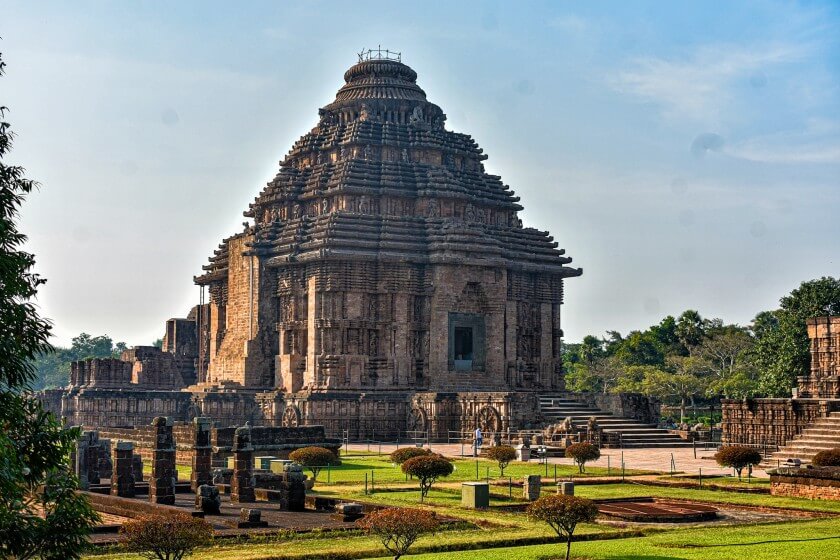
An ancient 13th-century representation of the Sun God’s Chariot, the Konark Sun Temple is an architectural piece that bewilders everyone. Though the present day sun temple is not the entirety of the original construction, the architecture still showcases the rich culture and art of the bygone eras. The temple premises are marked by 24 chariot wheels and it was also engineered to have the first rays of the sun fall on the deity inside the temple. The original temple had a sanctum sanctorum of more than 229 feet and was constructed into the sea. Through the ages, the temple has both been eroded and plundered for its richness.
- Location: Konark, Odisha
- Timings: 6:00 am to 8:00 pm
- Ticket Price: 40 rupees for Indian locals and 600 rupees for foreigners
- How to Reach: Bhubaneswar Airport (64 km) and Puri railway station (35 km).
- Nearby Attractions: Puri Jagannath Temple, Chandrabhaga Beach, Bhubaneswar temples.
- Festivals: Konark Dance Festival (December).
19. Mountain Railways of India:
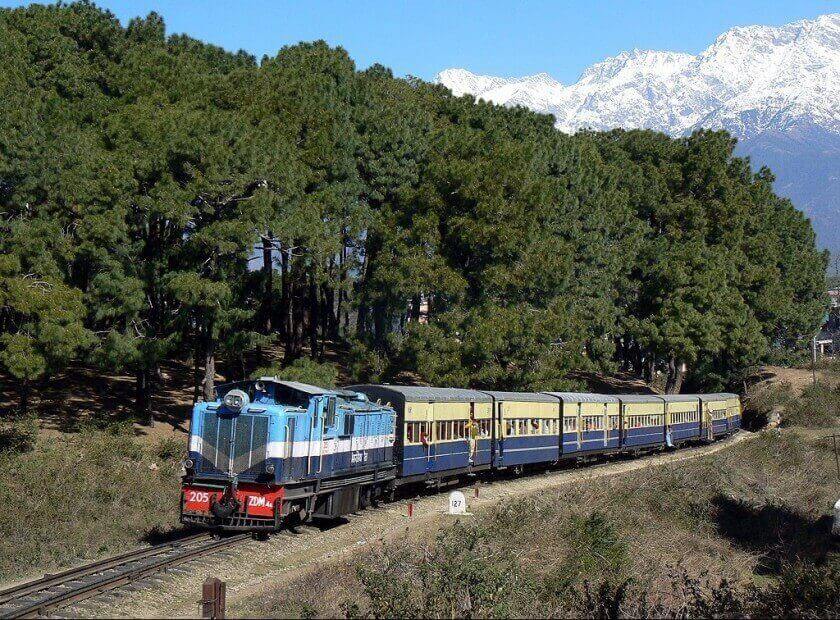
The mountain railways of India are another outstanding engineering feat listed under the UNESCO World Heritage Site and consist of three railway lines: The Darjeeling Himalayan Railways, the Nilgiri Mountain Railways, and Kalka Shimla Railway. There are various places to visit in Darjeeling and this is the Darjeeling Himalayan Railways that opened operations in 1881 and links a very difficult but spectacular mountainous terrain. It is situated in the eastern state of West Bengal. The Nilgiri Mountain Railways are located in the southern state of Tamil Nadu and the Kalka Shimla Railways is operational in the Himalayan town of Shimla, Himachal Pradesh. All the railways lines are operational to this day.
- Best Time to Visit: Summer and winter months, depending on location.
- How to Reach: Darjeeling via Bagdogra Airport, Shimla via Chandigarh Airport, Nilgiri via Coimbatore Airport.
- Nearby Attractions: Darjeeling tea gardens, Shimla Mall Road, Ooty Botanical Gardens.
- Interesting Fact: The toy train of Darjeeling still runs with steam engines.
- Duration Needed: Half-day ride to full-day ride.
20. Ramappa Temple (Telangana):
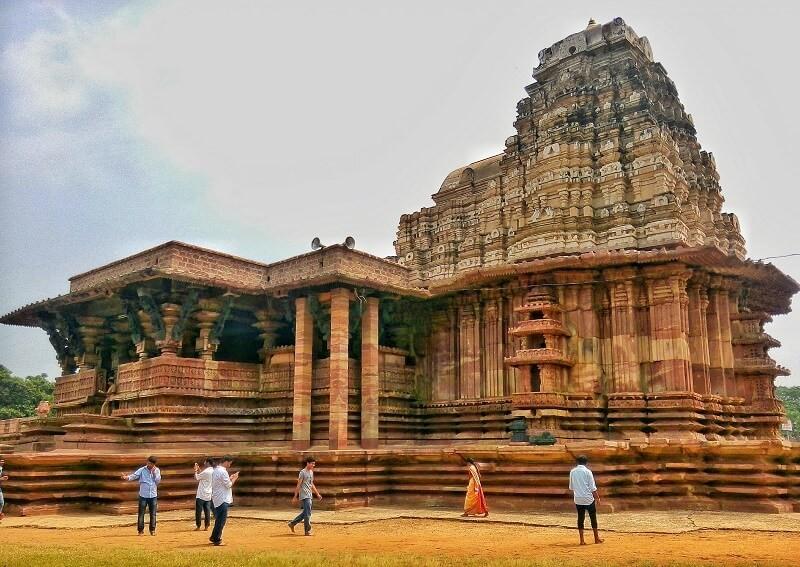
Ramappa temple is also known as Rudreshswara temple, The temple is located in the heart of Palampet village, Telangana state. On 10 September 2010, The proposal was submitted to UNESCO for listing the temple in world heritage sites. And finally, the time arrives on 25 July 2021 the Ramappa temple was listed in world heritage sites. The Ramappa temple was built in 13th & 14th centuries according to the Bhumija architect style.
- Location: Mulugu, Telangana
- Timings: 6:00 am to 6:00 pm
- Nearby Attractions: Warangal Fort, Thousand Pillar Temple, Laknavaram Lake.
- Interesting Fact: The temple is said to “float” because its bricks are lightweight and can float on water.
21. Qutub Minar (Delhi):
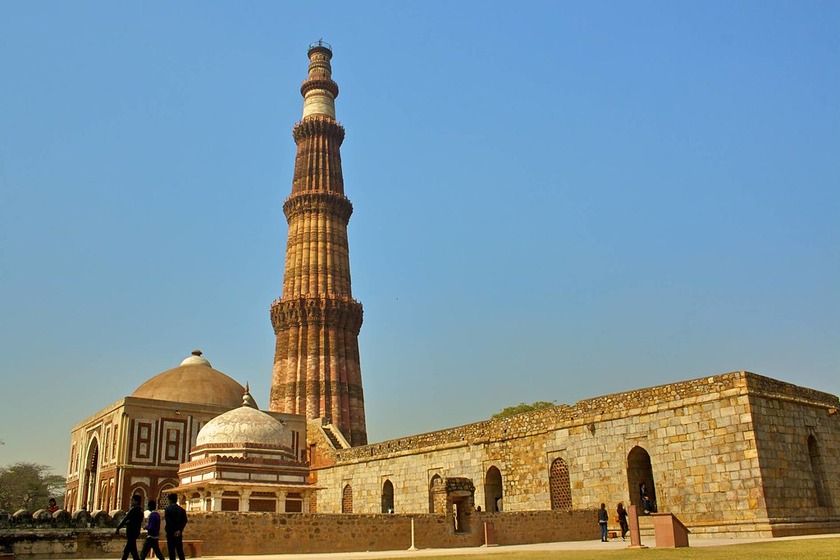
Qutub Minar which is also known or written as Qutub Minar and is the second tallest Minar of India having 73 meters of height and located in New Delhi. It was constructed in 1368 and is one of the historical place of India.
The Qutub Minar has been designated a UNESCO World Heritage Site. It is a magnificent work of Mughal architecture. This five-story red stone tower was constructed to commemorate the Muslim victory in Delhi following the fall of the city’s last Hindu king. This is regarded to be India’s highest structure. The Qutub Minar’s first three stories are composed of red sandstone, while the last two are made of marble and sandstone. Several films have been filmed at the Qutub complex.
- Location: South Delhi, Delhi
- Timings: 7:00 am to 5:00 pm
- Ticket Price: 30 rupees for Indian locals and 500 rupees for foreigners
- UNESCO reason: It was added for its outstanding Indo-Islamic architecture and cultural value.
- Special facts: Qutub Minar has inscriptions in Arabic; it slightly tilts but has stood strong for over 800 years. Iron Pillar in the complex has not rusted for centuries.
- Best time to visit: October to March (cooler months are comfortable for walking).
- Time needed: Around 1–2 hours to explore.
- Tips: Evening is best for photography; carry water; avoid Fridays and national holidays if you do not like heavy crowd. Light and sound show is available in evening.
- Nearby attractions: Mehrauli Archaeological Park, Lotus Temple, Hauz Khas Village.
22. Dholavira (Gujarat):
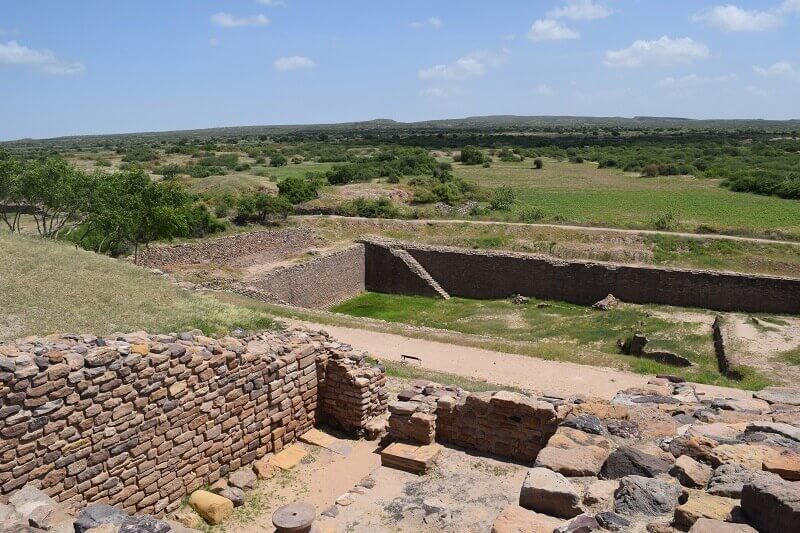
Dholavira also known as Kotada timba locally, is observed as one of the 5 supreme Harappan sites and most outstanding archaeological destination in India belonging to the Indus Valley Civilization. The site is Located 250 km away from the Kutch district, close to Khadir bet in the great Rann of Kutch of Gujarat. Amongst the Harappan sites discovered so far, Dholavira is the only area that marks the presence of Harappan tradition from 2900 BC to 1500 BC. This site is so popular that UNESCO has added it in its World Heritage list.
- Location: Kutch district, Gujarat
- Tickets Fees: Approx 50 to 100 Rupees.
- UNESCO reason: Added for its outstanding remains of Harappan urban planning and water management system.
- Special facts: Dholavira has one of the world’s earliest water reservoirs and unique signboards with Indus script.
- Time needed: Around 2–3 hours to explore.
- Tips: Carry water and food, as it is in a remote desert area. Wear a hat/cap in summer.
- Nearby attractions: Great Rann of Kutch, Kutch Museum in Bhuj, Aina Mahal.
23. Moidams (Assam):
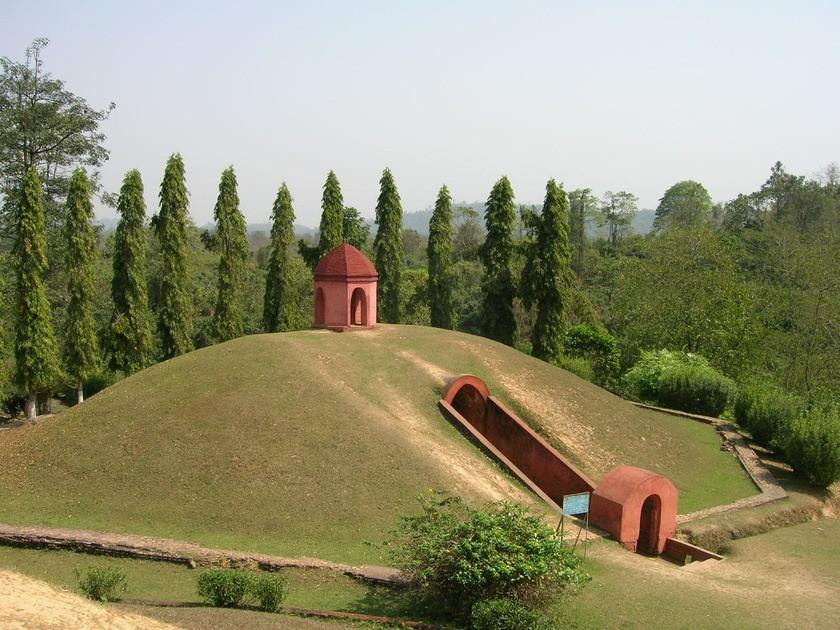
Moidams are royal burial mounds built by the Ahom kings in Charaideo, Assam. These mounds were made to honor their dead and were built using brick, stone, or earth. The Ahoms believed in creating a sacred space with trees and water around these burial places. These moidams show the unique culture and traditions of the Ahom dynasty.
- Location: Charaideo District, Assam
- Timings: 9:30 am to 5:00 pm
- Ticket Price: 20 rupees for Indian locals and 250 rupees for foreigners
- UNESCO reason: Recognized for representing the burial traditions and unique culture of the Ahom dynasty.
- Special facts: Moidams are often compared to the pyramids of Egypt because of their size and burial style.
- Nearby attractions: Sivasagar town monuments (Rang Ghar, Talatal Ghar), Joysagar Tank.
24. Sacred Ensembles of the Hoysalas (Karnataka):
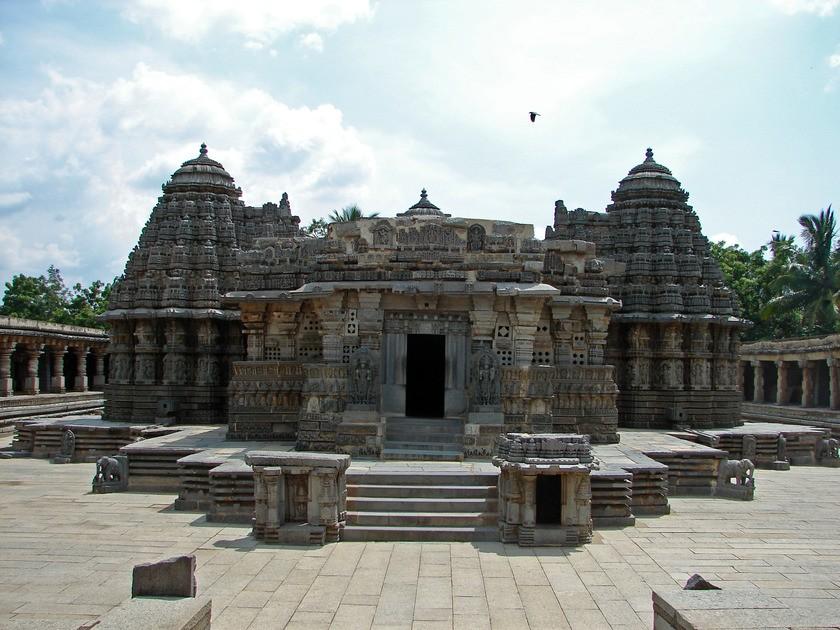
Three sacred temple complexes known as the Hoysala Sacred Ensembles exist in Karnataka during the 12th–13th centuries. Rajaharnpura and Belur also have outstanding stone artwork which illustrates the distinctive Hoysala temple design. The principal temples that connect the Sacred Ensemble lie in Belur with Chennakeshava Temple while the temple complex in Halebidu holds Hoysalesvara Temple and Keshava Temple stands in Somanathapura. These temples present the superior artistic expressions and cultural heritage of South Indian society from that historical period.
- Location: Karnataka, India
- UNESCO reason: Listed for their superb Hoysala temple architecture and fine stone carvings.
- Special facts: The temples are built on star-shaped platforms and decorated with stories from epics like Ramayana and Mahabharata.
- Nearby attractions: Shravanabelagola (Jain pilgrimage), Halebidu Archaeological Museum, Mysuru City.
25. Ellora Caves (Maharashtra):
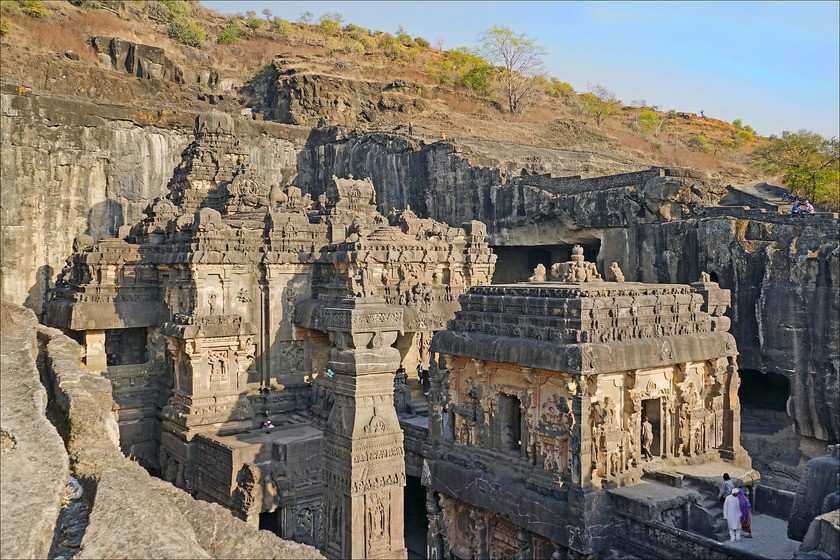
The Ellora Caves located in Maharashtra consists of 34 ancient temples which Buddhists and followers of Hindu and Jainism built into solid rock formations during the 6th through 12th centuries. Indian culture merged with artistic development and spiritual unity through the creation of these caves spanning from the 6th to 12th centuries CE. Visitors can admire the Kailasa Temple which stands as an authentic representation of Indian art skills carved from one solid piece of rock.
- Location: Verul, Maharashtra
- Timings: 6:00 am to 6:00 pm (Tuesday Closed)
- Ticket Price: 40 rupees for Indian locals and 600 rupees for foreigners
26. Agra Fort (Uttar Pradesh):
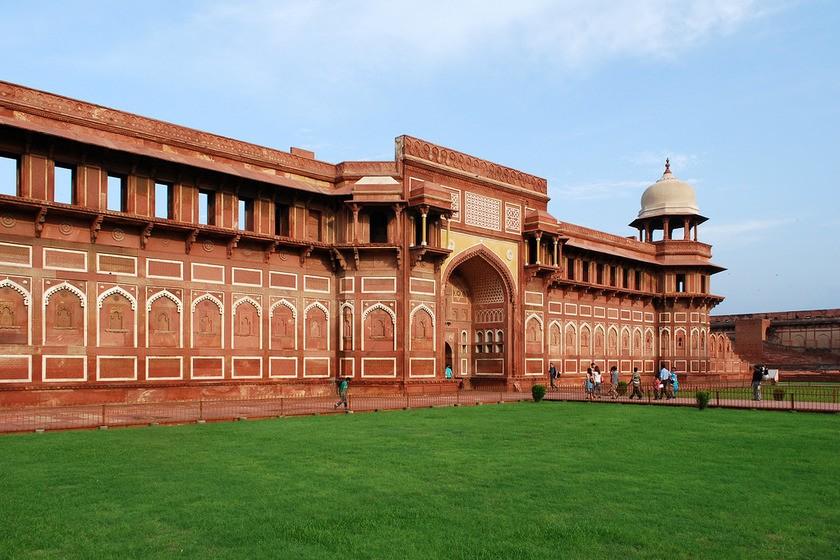
Agra Fort stands as a large massive historical fort constructed with red sandstone just next to the Taj Mahal in Agra. The Mughal emperors chose Agra Fort as their principal residence before settling down in Delhi. Beautiful palaces along with halls and mosques fill the entire interior space of the fort. Tourists recognize Agra Fort as a UNESCO World Heritage site that exists within a fortified city structure.
- Location: Agra, Uttar Pradesh
- Timings: 6:00 am to 6:00 pm
- Ticket Price: 40 rupees for Indian locals and 650 rupees for foreigners
- UNESCO World Heritage Site Year: 1983
- How to Reach: Nearest Airport is Agra Airport (6.9 km). Agra Cantt Railway Station is only 5 km away.
- Nearby Attractions: Taj Mahal, Mehtab Bagh, Itmad-ud-Daulah.
- Travel Tips: Hire a guide to know Mughal history. Best to visit in morning.
- Interesting Fact: Agra Fort has two gates, but only Amar Singh Gate is open to visitors.
27. Khajuraho Group of Monuments (Madhya Pradesh):
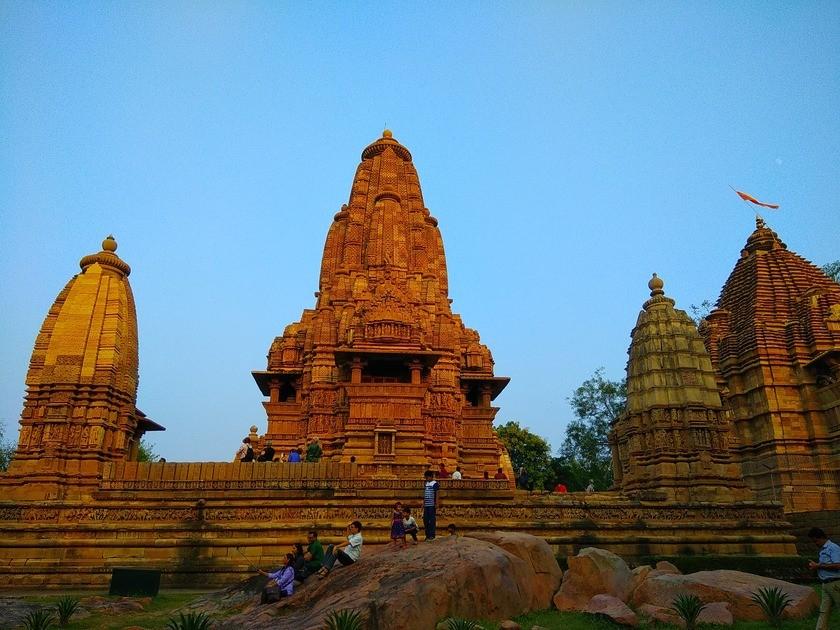
The Chandella rulers constructed the Khajuraho temples throughout the 10th and 11th centuries. Visitors admire these temples because they showcase magnificent carvings alongside splendid architectural unions. Among the numerous temples built in the past our present generation can now only see remainders of a handful structures belonging to Hindu and Jain faiths. The temples exemplify the classical features of Nagara-style temple architecture.
- Location: Chhatarpur district, Madhya Pradesh
- Timings: 8:00 am to 6:00 pm
- Ticket Price: 40 rupees for Indian locals and 600 rupees for foreigners
- Nearby Attractions: Panna National Park, Raneh Falls, Ajaygarh Fort.
- Interesting Fact: Originally there were 85 temples, but today only around 20 survive.
28. Fatehpur Sikri (Uttar Pradesh):
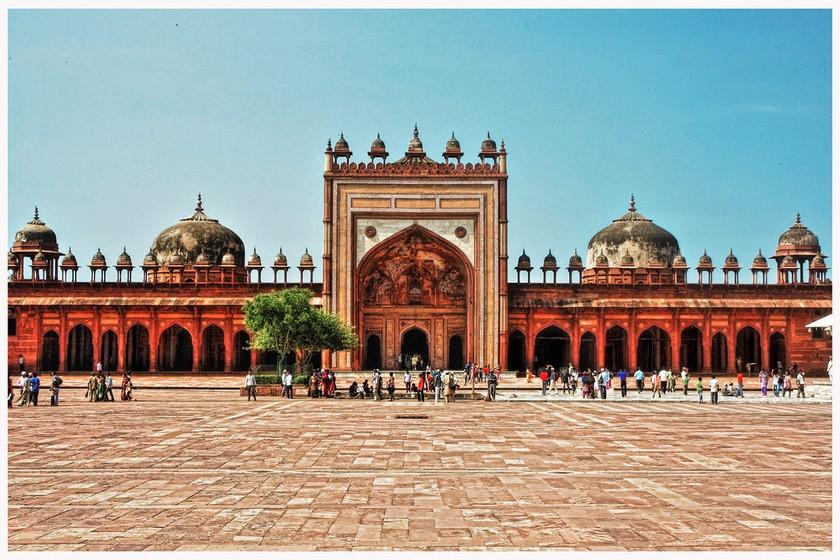
Mughal Emperor Akbar constructed Fatehpur Sikri as a historic city in Uttar Pradesh during 1571. For approximately ten years the Mughal Empire had its headquarters here. The city shows beauty through its palaces together with its mosques and its buildings constructed in a single architectural style. Jama Masjid stands as the major attraction along with other important monuments which make the site popular today.
- Location: Agra District, Uttar Pradesh
- Timings: 6:00 am to 6:00 pm
- Ticket Price: 50 rupees for Indian locals and 550 rupees for foreigners
- UNESCO World Heritage Site Year: 1986
- How to Reach: Nearest Airport is Agra Airport (34 km). Fatehpur Sikri Railway Station is nearby.
- Nearby Attractions: Buland Darwaza, Panch Mahal, Jodha Bai’s Palace.
- Interesting Fact: Fatehpur Sikri was abandoned due to water shortage.
29. Elephanta Caves (Maharashtra):
Elephanta Caves comprise ancient rock-cut religious sanctuaries that exist on Elephanta Island sitting within the Sea of Oman near Mumbai. The 5th to 6th-century AD construction dates back to these caves that primarily honor Lord Shiva. Inside the main cave, visitors appreciate spectacular stone carvings and sculptures which demonstrate the superior skills of ancient Indian artists. Human settlements existed on the island starting from the 2nd century BC.
- Location: Raigad district, Maharashtra
- Timings: 9:00 am to 5:00 pm
- Ticket Price: 40 rupees for Indian locals and 550 rupees for foreigners
- UNESCO reason: It was included for its outstanding ancient rock-cut architecture and spiritual value dedicated to Lord Shiva.
- Special facts: The famous Trimurti statue (three-headed Shiva) is the main highlight; Portuguese once used the caves for target practice.
- Best time to visit: November to March (cooler and pleasant).
- Time needed: Around 3–4 hours including ferry ride.
- Tips: Wear comfortable shoes; ferries may not run during monsoon; carry water as limited shops are available.
- Nearby attractions: Gateway of India, Colaba Causeway Market, Marine Drive.
30. Humayun’s Tomb (Delhi):
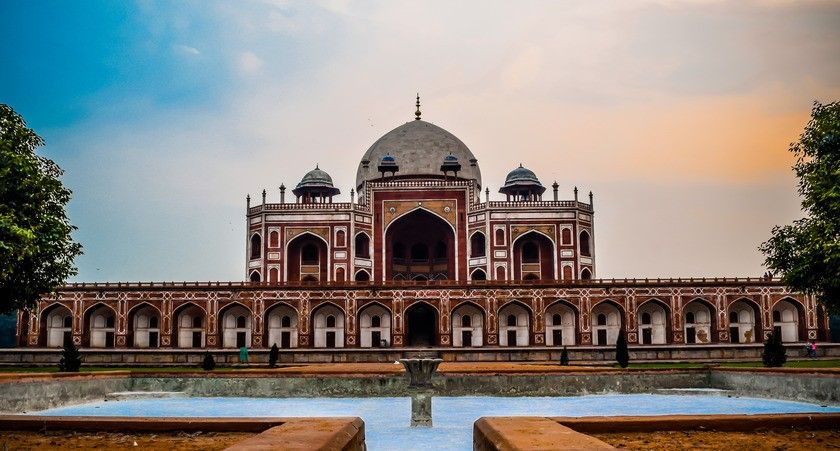
Humayun’s Tomb in Delhi remains the initial garden-tomb built in India and was completed in 1570. Emperor Akbar had the tomb built to honor his deceased father Humayun. Through Persian architectural design the tomb presents four garden sections called charbagh. Taj Mahal received its design inspiration which led to future construction from this historic architectural establishment.
- Location: New Delhi, Delhi
- Timings: 10:00 am to 7:00 pm
- Ticket Price: 35 rupees for Indian.
- UNESCO reason: Recognized for being the first Mughal garden-tomb and for inspiring later monuments like the Taj Mahal.
- Special facts: Humayun’s Tomb is also known as the “Dormitory of the Mughals” since many royal family members are buried here.
31. Mahabodhi Temple (Bihar):
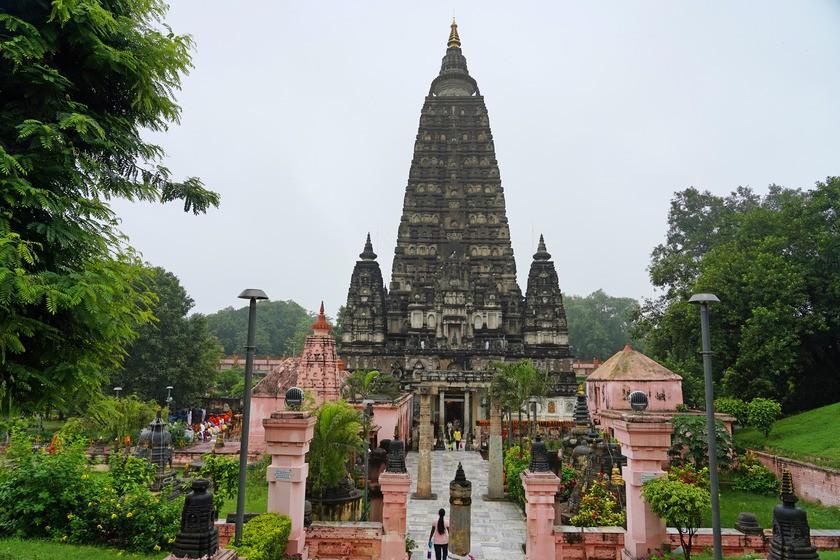
The Mahabodhi Temple Complex in Bodh Gaya upholds its essential status for Buddhists because this sacred soil represents the spot where Buddha achieved Enlightenment. Ashoka built the original temple as his foundation which dates back to the start of the 3rd century B.C. A new temple construction arose after the fifth and sixth centuries to replace the original landmark. Modern science recognizes this temple as the oldest brick structure in India due to its extraordinary accomplishments in historical Indian architectural art. Bodh Gaya functions as a service provider for Bihar by creating its location in the vicinity of Gaya City.
- Location: Bodh Gaya, Bihar
- Timings: 5:00 am to 9:00 pm
- UNESCO reason: Inscribed for its association with the life of Lord Buddha and for being the place of his Enlightenment.
- Special facts: The sacred Bodhi tree here is believed to be a direct descendant of the original tree under which Buddha meditated.
- How to reach: Nearest airport is Gaya International Airport (12 km). Gaya Junction railway station (25 km) connects to major cities.
- Nearby attractions: Sujata Stupa, Great Buddha Statue, Dungeshwari Cave Temples.
32. Rock Shelters of Bhimbetka (Madhya Pradesh):
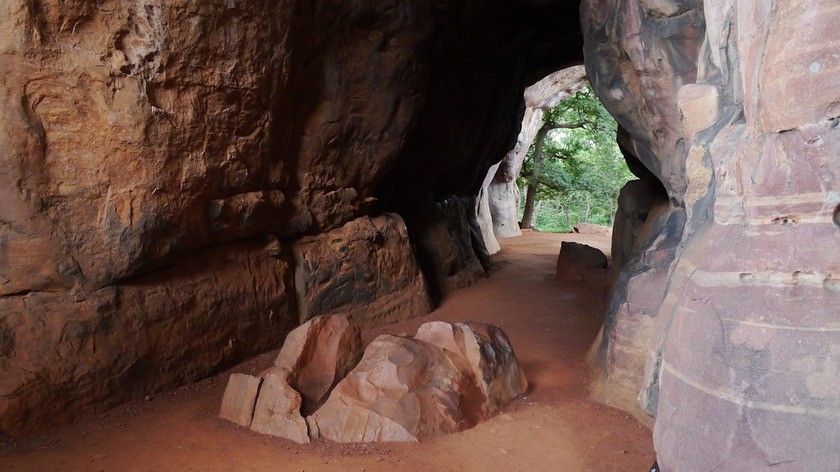
The Rock Shelters of Bhimbetka embrace ancient natural caves that exist in central India’s Vindhyan hills region. The shelters contain wall paintings made by early humans which include representations from Stone Age periods. Daily activities together with hunting and dancing and various animals appear in the photo collection. The inhabitants of neighboring villages follow customs that resemble those depicted in the wall art at these sites.
- Location: Raisen district, Madhya Pradesh
- UNESCO reason: Included for its prehistoric rock art and cultural traditions that show early human life.
- Special facts: Bhimbetka has more than 700 rock shelters, and paintings are over 30,000 years old.
- Best time to visit: October to March is comfortable for exploring.
- Nearby attractions: Bhojpur Temple, Sanchi Stupa.
33. Chhatrapati Shivaji Terminus (Maharashtra):
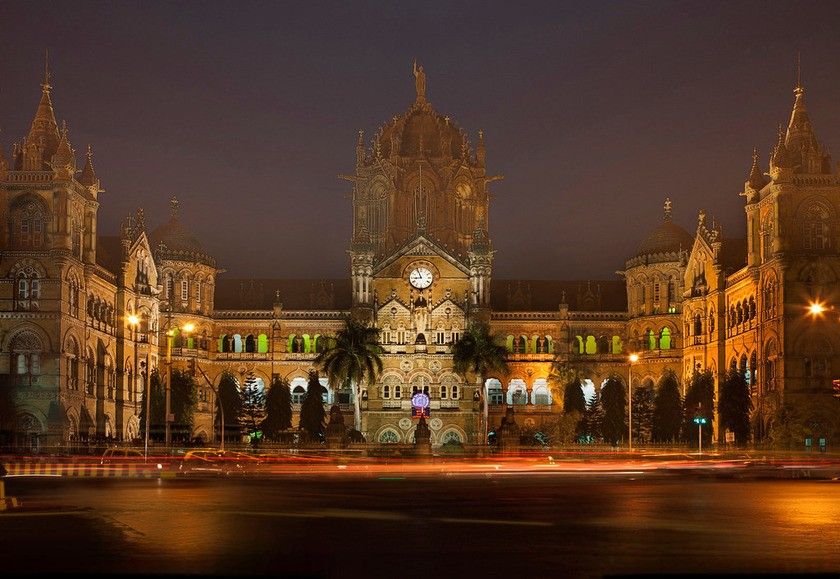
Chhatrapati Shivaji Terminus in Mumbai serves as a prominent railway station with distinctive architectural features. The building implements British Victorian Gothic architecture together with traditional Indian design elements. The station underwent construction across ten years from 1878 to illustrate the way cultures from two different backgrounds collaborated to form something original. The station now experiences heavy usage by millions of people daily.
- Location: Mumbai, Maharashtra
- UNESCO reason: Included for its outstanding Victorian Gothic Revival architecture with Indian details.
- Special facts: Earlier known as Victoria Terminus, it is one of the busiest railway stations in India.
- Nearby attractions: Gateway of India, Marine Drive, Crawford Market.
- Visitor tip: Visit in evening to see beautiful lighting of the station.
34. Red Fort (Delhi):
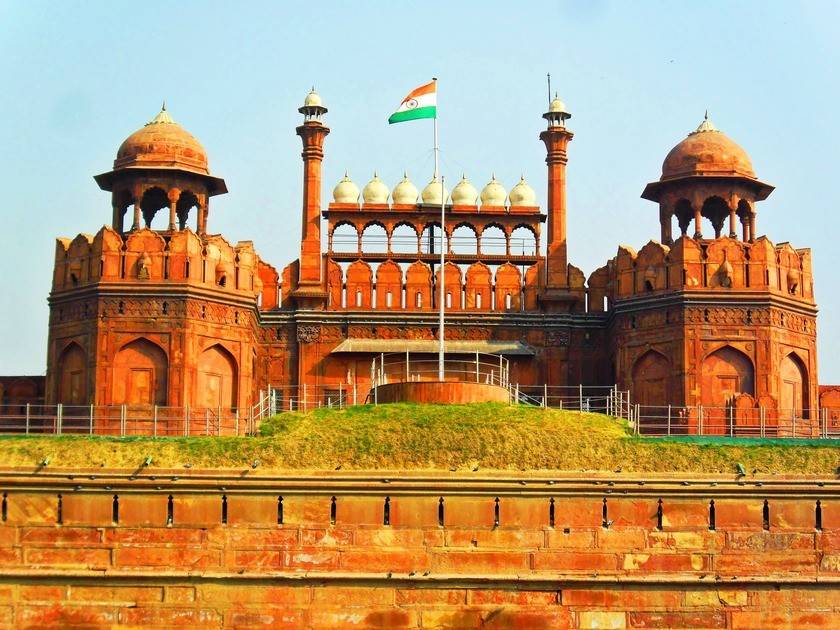
The Red Fort served as both a palace and fortress in Delhi when built by Shah Jahan during the foundation of his new capital. The fort gets its structure from red sandstone which displays architectural influences of Islamic Persian Timurid and Hindu styles. The architecture of planning together with buildings and gardens in the complex served as inspiration for subsequent Indian building projects. Indian culture along with political history features the Red Fort as one of its most significant landmarks.
- Location: New Delhi, Delhi
- Timings: 9:30 am to 4:30 pm (Monday Closed)
- Ticket Price: 35 rupees for Indian locals and 550 rupees for foreigners.
- UNESCO reason: Included for its Mughal architecture and historical importance.
- Special facts: Every year on Independence Day (15th August), Prime Minister hoists the national flag here.
- Best time to visit: October to March.
- How to reach: Nearest metro station is Chandni Chowk. Delhi Airport is about 20 km away.
- Nearby attractions: Jama Masjid, Raj Ghat, Chandni Chowk market.
- Visitor tip: Don’t miss the evening Light and Sound Show.
Read More: 25 Best Places to Visit Near Delhi with Family for a Memorable Day Trip
35. Jantar Mantar (Rajasthan):
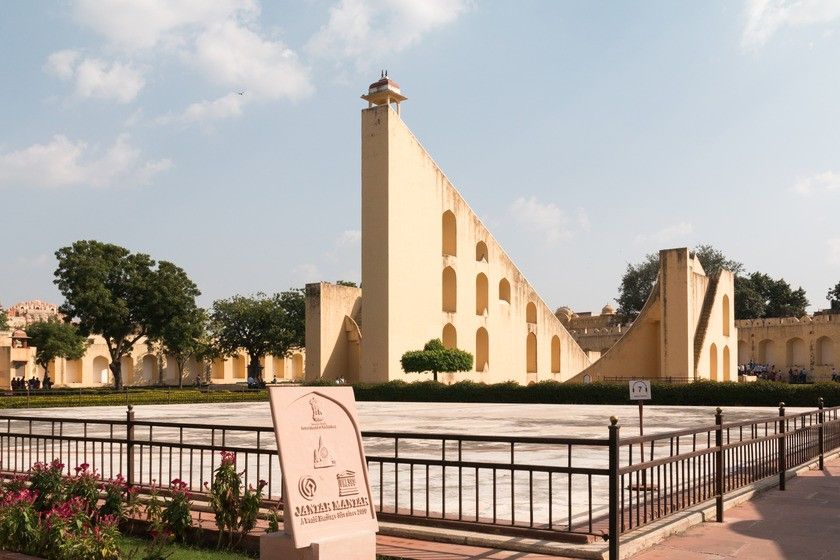
Jantar Mantar in Jaipur consists of an 18th-century outdoor structure created to observe planetary objects without using a telescope. The structure contains about twenty substantial stone and marble instruments designed for time measurement along with celestial body positioning study. Modern scientific knowledge and the wise thinking of Indian royal court intellectuals have left their mark on this site. This observatory maintains its original condition as one of the most well-preserved sites in Indian heritage.
- Location: Jaipur, Rajasthan
- Timings: 9:30 am to 4:30 pm
- Ticket Price: 50 rupees for Indian locals and 200 rupees for foreigners
- UNESCO reason: Included for its scientific and architectural value as an astronomical observatory.
- Special facts: It has the world’s largest stone sundial.
- Nearby attractions: City Palace, Hawa Mahal, Amber Fort.
36. Western Ghats:
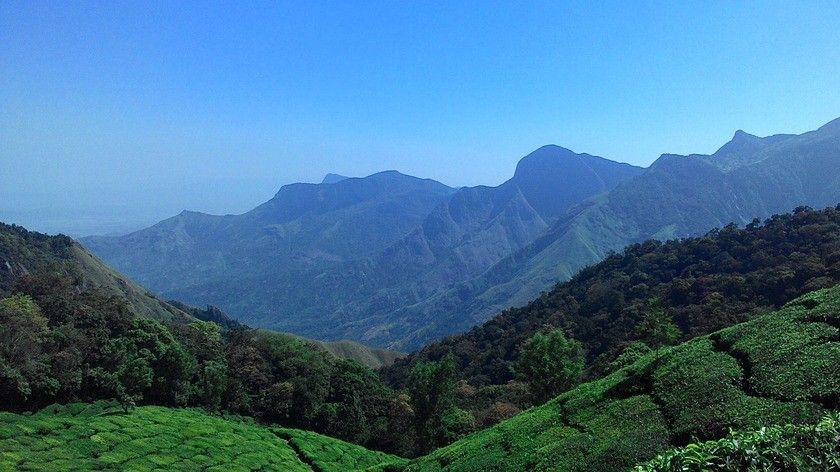
Western Ghats extend across the western Indian territories from Kerala to Tamil Nadu and Karnataka alongside additional states. The Western Ghats exceed the Himalayas in age and function actively during monsoons to deliver rainfall. The region maintains an important position for wildlife conservation because it shelters exclusive natural wildlife that exists solely within this area. People enjoy this region because of its gorgeous forest landscapes while they experience its diverse cultural heritage within its natural wonders.
- UNESCO reason: Included for its biodiversity and natural beauty.
- Special facts: Western Ghats are home to many rare species found nowhere else in the world.
- Best time to visit: June to September (monsoon) for waterfalls and greenery, November to February for trekking.
- Nearby attractions: Periyar Wildlife Sanctuary, Wayanad, Coorg, Munnar.
- Visitor tip: Carry raincoat and good shoes during monsoon.
37. Nalanda Mahavihara (Bihar):
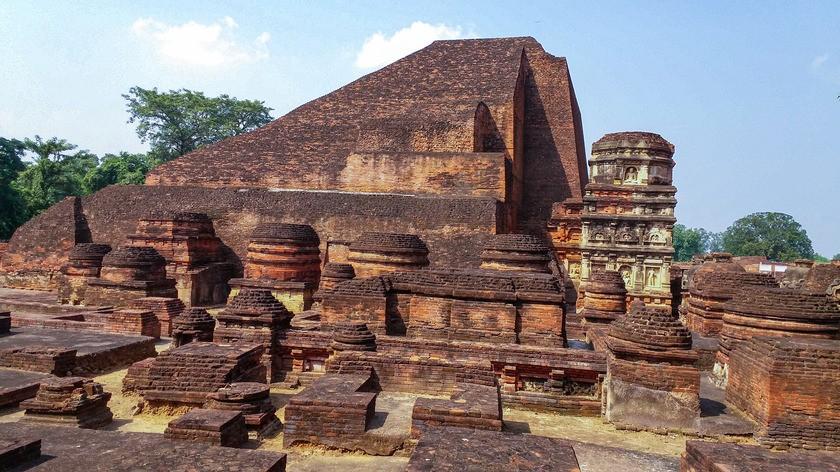
Nalanda Mahavihara in Bihar holds the position as one of the oldest university complexes in the world. The outstanding educational position of Nalanda Mahavihara drew students from various international origins during the time from the 5th to the 13th centuries. The location contains archaeological discoveries which consist of stupas together with the viharas and stone and metal artistic artifacts. Historical records demonstrate that education and Buddhism achieved notable positions in Indian history through this location.
- Location: Nalanda district, Bihar
- Timings: 9:00 am to 5:00 pm
- Ticket Price: 40 rupees per person
- UNESCO reason: Included for being one of the world’s earliest centers of learning.
- Special facts: Students from Tibet, China, Korea and Central Asia came to study here.
38. Architectural Work of Le Corbusier (Chandigarh):
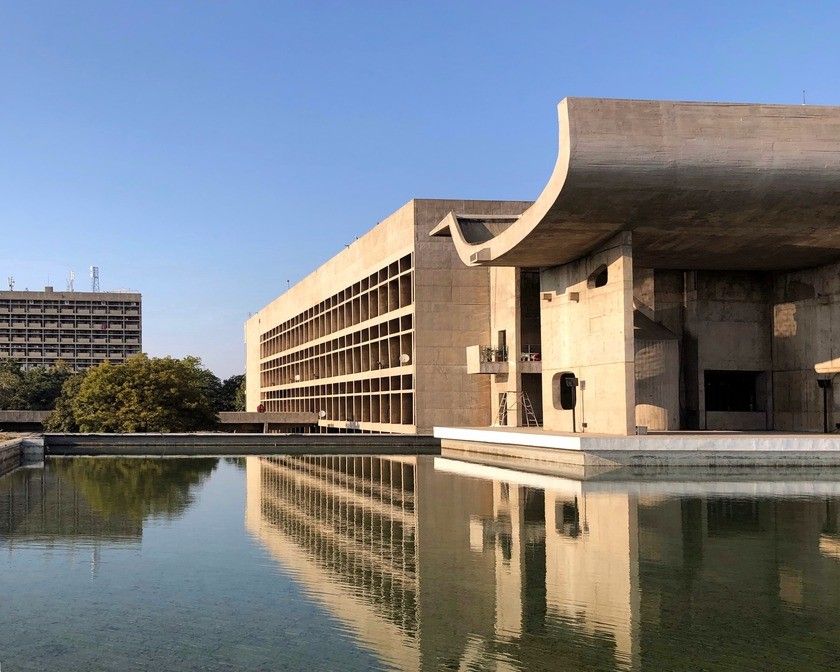
The Architectural Work of Le Corbusier consists of 17 buildings spread across seven countries. His buildings demonstrate his ability to develop contemporary architectural designs that distinguished him from traditional methods of the past. The Capitol Complex in Chandigarh together with other worldwide locations demonstrates how his architectural concepts became global through practice. His architectural contributions have shaped the modern structures that exist in the present age.
- Location: Chandigarh, India
- Timings: 10:00 am to 5:00 pm (Monday Closed)
- Ticket Price: 20 rupees per person
- UNESCO reason: Included for modern urban planning and unique architectural style.
- Special facts: Chandigarh is the only Indian city designed by Le Corbusier.
- Nearby attractions: Rock Garden, Sukhna Lake, Rose Garden.
39. Ahmedabad (Gujarat):
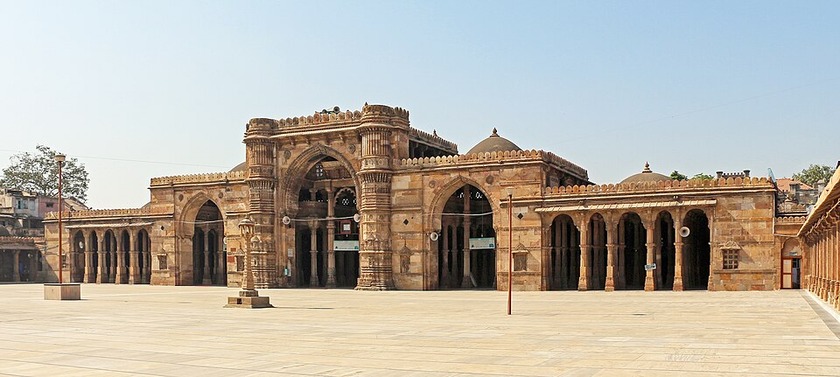
Ahmedabad exists as a historic city in Gujarat where Sultan Ahmad Shah established it in 1411 near the Sabarmati River. The walled old town stands out because it contains stunning gates as well as mosques and temples and traditional pole buildings. Local culture and heritage has persisted throughout more than 600 years in this city. Modern life successfully coexists with the historical charm people associate with this city.
- UNESCO reason: Included as India’s first World Heritage City for its architecture and living culture.
- Special facts: The old city has unique pol houses with wooden carvings.
- Best time to visit: November to February.
- How to reach: Sardar Vallabhbhai Patel International Airport is only 10 km away.
- Nearby attractions: Sabarmati Ashram, Kankaria Lake, Adalaj Stepwell.
Read More: 19 Best Picnic Spots Near Ahmedabad for a One-Day & Weekend Trip
40. Victorian Gothic and Art Deco Ensembles in Mumbai:
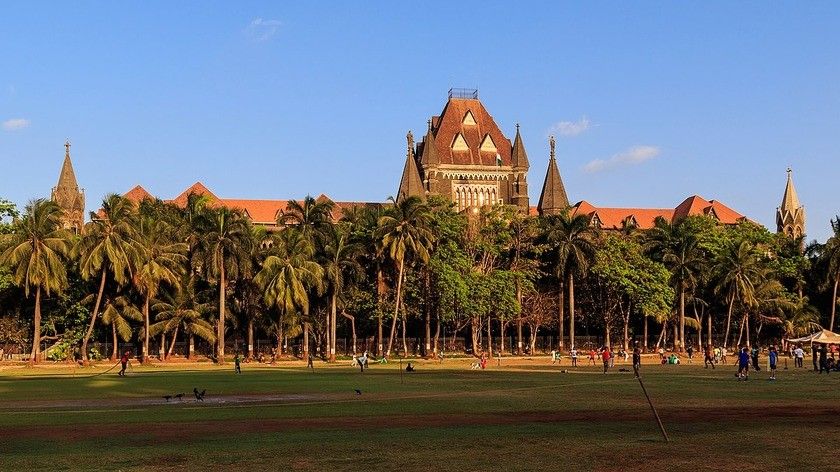
The Victorian and Art Deco Ensemble in Mumbai reveals how the urban landscape developed during the 19th and 20th centuries. New buildings emerged near the Oval Maidan through the combination of Victorian Gothic structures with Indian elements like verandas followed by the creation of Art Deco buildings featuring Indian decorative elements. The buildings demonstrate the transformation of Mumbai from its early trading port through its evolution into a contemporary metropolis. These structures unite to create a unique historical and attractive element that represents Mumbai’s past.
- UNESCO reason: Included for its unique blend of Victorian Gothic and Art Deco architecture.
- Special facts: Mumbai has the second largest number of Art Deco buildings in the world after Miami.
- Nearby attractions: Marine Drive, Gateway of India, Colaba Causeway.
41. Jaipur City (Rajasthan):
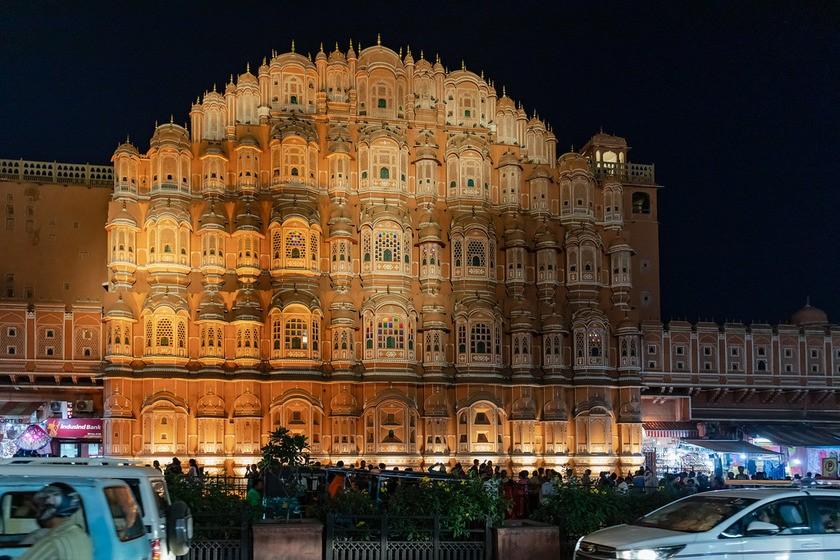
Jaipur City which people also refer to as the Pink City received its beginning in 1727 from Sawai Jai Singh II in Rajasthan. India’s initial planned city exists today following the Vedic architecture design with its organizational combination of a grid system. The city founders constructed Jaipur in a single initiative that featured orderly arrangements between its wide roads and markets together with temples and residential areas. The city stands renowned for its cultural richness together with its trading activity and distinctive pink architectural buildings.
- UNESCO reason: Included for its planned city design and unique architecture.
- Special facts: Jaipur is called the Pink City because of its pink-colored buildings.
- Nearby attractions: Amber Fort, Hawa Mahal, Jantar Mantar.
Read More: 20 Best Tourist Places To Visit near Jaipur Within 100 Kms
42. Santiniketan (West Bengal):
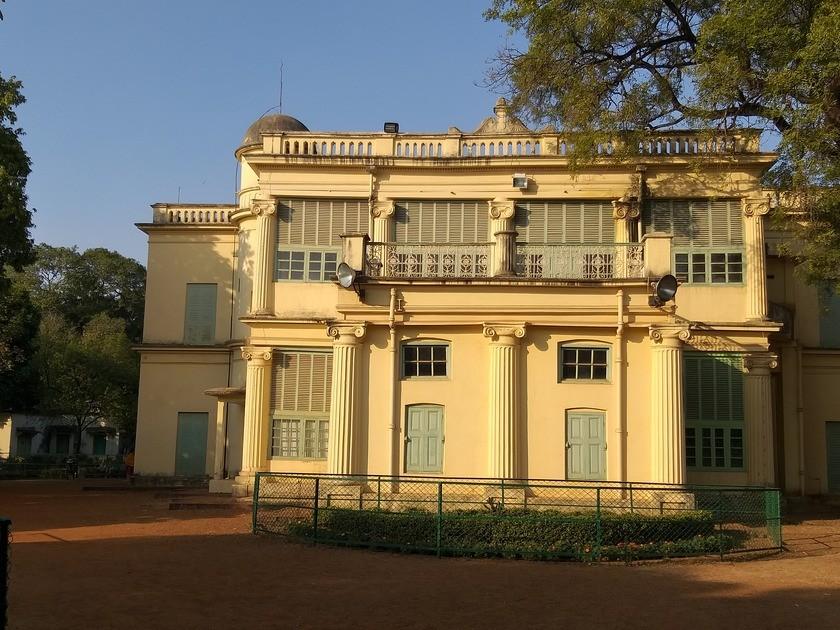
Rabindranath Tagore established Santiniketan as a special community in West Bengal in 1901. The institute combines education and artistic activities through an establishment that preserves Indian traditional culture and teaches deep love for nature alongside musical arts and educational practices. Tagore felt that nurturing bonds between people of diverse nationalities should unite everyone under one unified family. Santiniketan presents Tagore’s vision to achieve peaceful unification alongside basic lifestyle principles.
- UNESCO reason: Included for its unique cultural vision of Rabindranath Tagore.
- Special facts: Famous for Poush Mela and Basanta Utsav (Holi celebrations with music and dance).
- Nearby attractions: Visva Bharati University, Amar Kutir handicraft center.
43. Champaner-Pavagadh Archaeological Park (Gujarat):
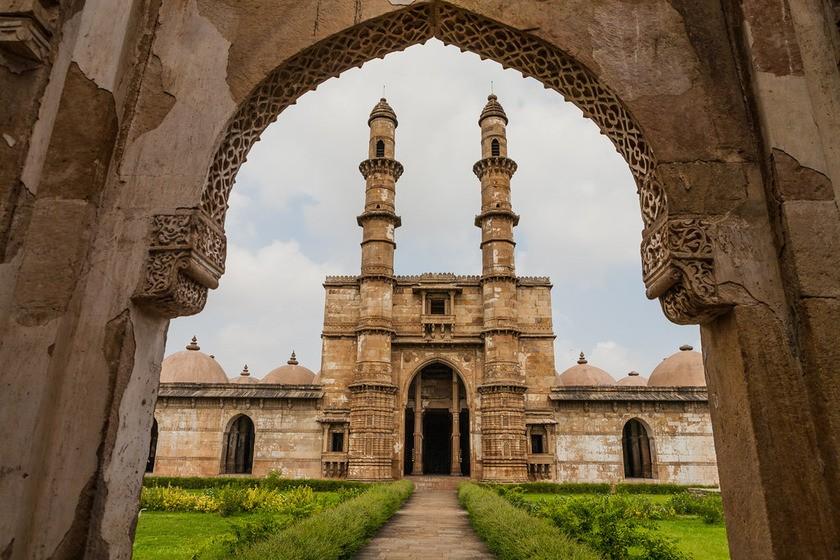
The Champaner-Pavagadh Archaeological Park stands as a historical and cultural attraction in Gujarat. Since the 8th century, the site has preserved both ancient temples and forts with palaces and aging water supply networks. People from all over visit the Kalikamata Temple situated on Pavagadh Hill for religious purposes. The district displays the ruins of a 15th-century Islamic city which creates a special combination of Indian Hindu along with Islamic architectural influences.
- Location: Champaner, Gujarat
- Timings: 8:00 am to 6:00 pm
- Ticket Price: 40 rupees per person
- UNESCO reason: Included for its unique mix of Hindu and Islamic architecture.
- Special facts: The Kalika Mata Temple is still an active pilgrimage site.
- Nearby attractions: Jambughoda Wildlife Sanctuary, Pavagadh Hill.
44. Maratha Military Landscapes of India
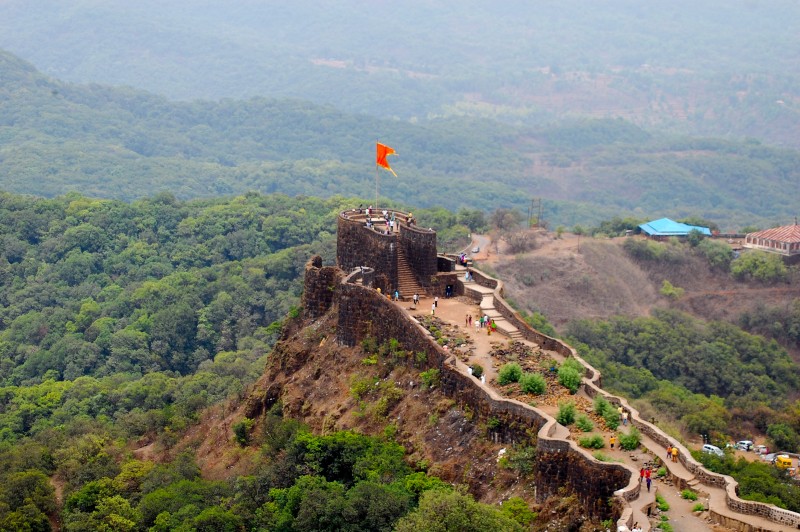
The Maratha Military Landscapes are a group of forts built by the Maratha Empire.These forts show their smart planning and strong defense system. The place includes 12 major forts, mostly in Maharashtra State, with one in Tamil Nadu. The Marathas constructed Some forts, including Raigad, Shivneri, and Sindhudurg, between the late 17th and early 19th centuries. they were used to protect the kingdom and control important trade routes.
The Maratha Military Landscapes of India’ represent a remarkable variation of military architecture, including hill forts (Salher, Shivneri, Lohgad, Raigad, Rajgad, Gingee), a hill-forest fort (Pratapgad), a hill-plateau fort (Panhala), a coastal fort (Vijaydurg), and island forts (Khanderi, Suvarnadurg, Sindhudurg). Each fort was built to fit the land around it, showing different styles of building. Every fort tells a story of bravery, smart planning, and the Maratha’s rich history.
Because of their historical and cultural value, UNESCO added the Maratha Military Landscapes to the World Heritage list in 2025.
- These forts were planned by Shivaji Maharaj and later rulers to fight Mughal and other armies.
- Special features: secret tunnels, strong gates, rainwater harvesting systems, and thick walls.
- Famous forts to visit: Raigad (capital), Sindhudurg (sea fort), Rajgad, Lohagad, Pratapgad.
- Best time to visit: Post-monsoon (September to February) when the hills are green and pleasant.
- How to reach: Most forts are near Pune, Mumbai, and Konkan regions.
- Interesting fact: Gingee Fort in Tamil Nadu is called the “Troy of the East” for its strong defense.
Conclusion:
Apart from the 44 World Heritage Sites that we discussed above, there are several others that are worth a visit. These include popular sites like the Agra Fort, the Nalanda University Complex, and the Mahabodhi Temple at Bodh Gaya, the Qutub Minar, the Jantar Mantar, the Western Ghats and several others. Each of the sites stands representative of unique cultures, unique engineering, unique history and unique diversity.
The Indian Subcontinent hosts one of the first civilization of human history and through the years, have seen the emergence, culmination and end of several cultures and religions. Its rich history is thoroughly accompanies by a great diversity in cultures, languages, beliefs, and terrains. For a traveler, India will always be full of surprises. The best first steps to witness this diversity will however be following the places that have been marked as World Heritage Sites under the UNESCO.
FAQ’s:
The Taj Mahal in Agra is India’s most famous UNESCO site. Built by Shah Jahan as a symbol of love, it is one of the Seven Wonders of the World.
As of 2024, India has 44 UNESCO World Heritage Sites, including cultural, natural, and mixed sites like the Taj Mahal, Kaziranga National Park, and Khangchendzonga National Park.
The newest UNESCO World Heritage Site in India is the Maratha Military Landscapes of India. It was added to the list in 2025.
The Ajanta Caves (Maharashtra), dating back to the 2nd century BC, are among the oldest, with stunning Buddhist paintings and sculptures.

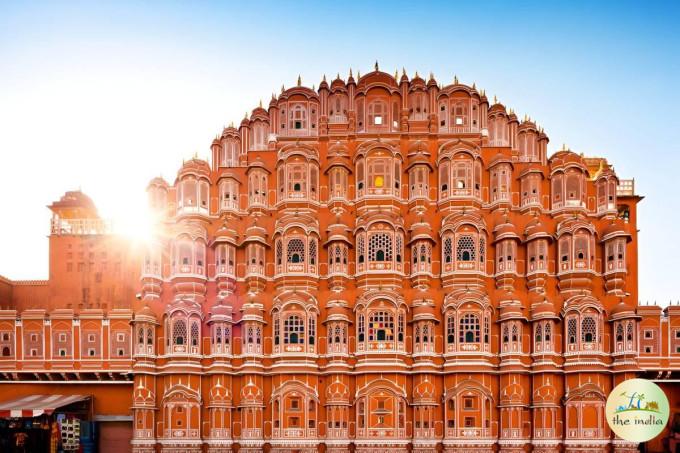
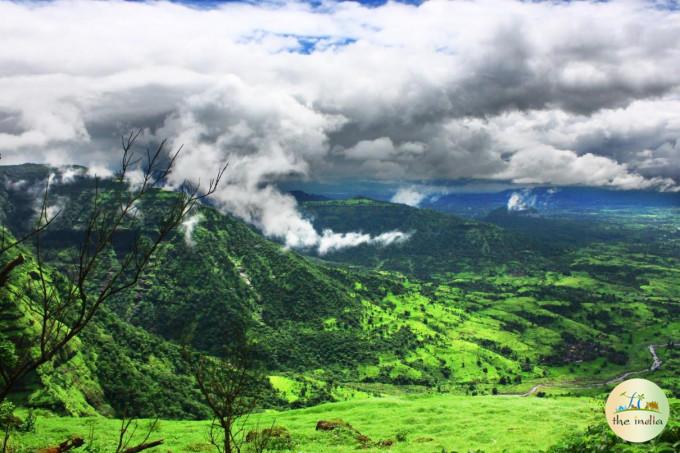
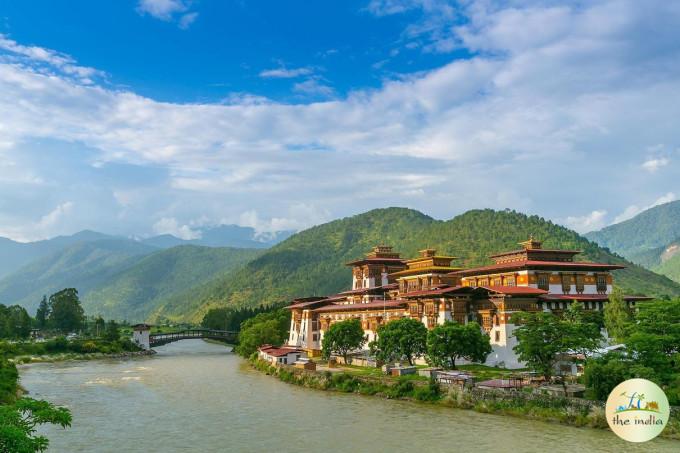
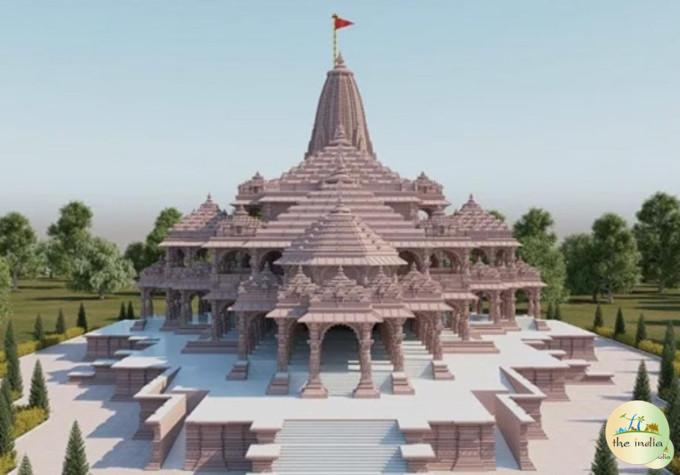
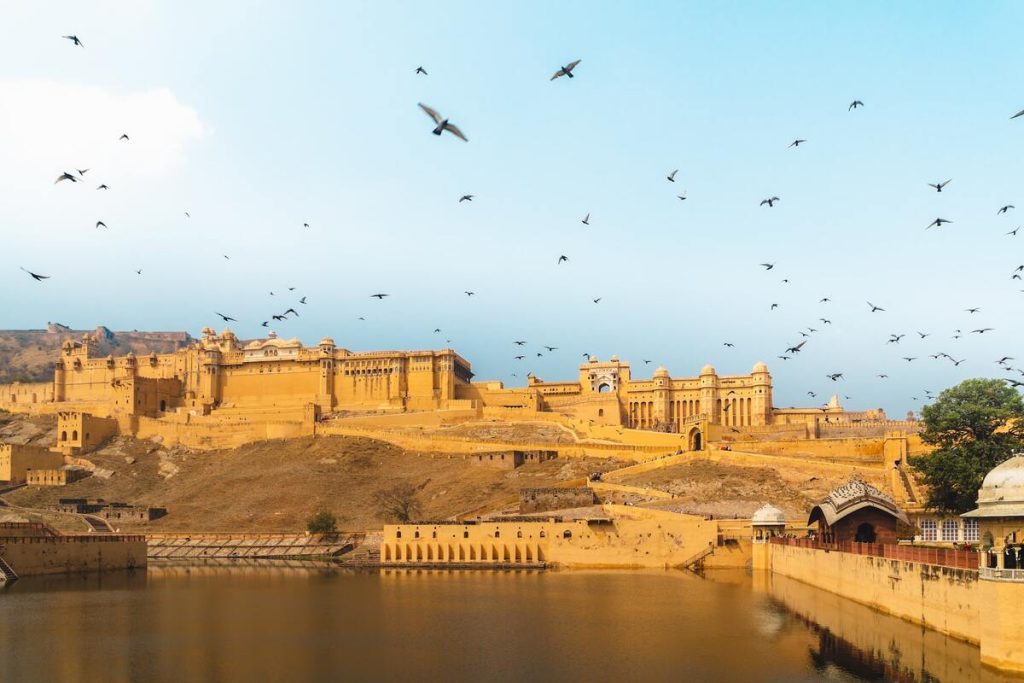
Ikx
January 21, 2017 at 2:18 pm
Hi,I read your blog named “19 UNESCO World Heritage Sites in India to Experience Rich Indian Heritage & Culture” regularly.Your story-telling style is witty, keep doing what you’re doing! And you can look our website about how to plan a small wedding.
TheIndia
November 14, 2018 at 5:17 pm
Thank you very much for your feedback,
How many from these UNESCO world heritage site have you visited?